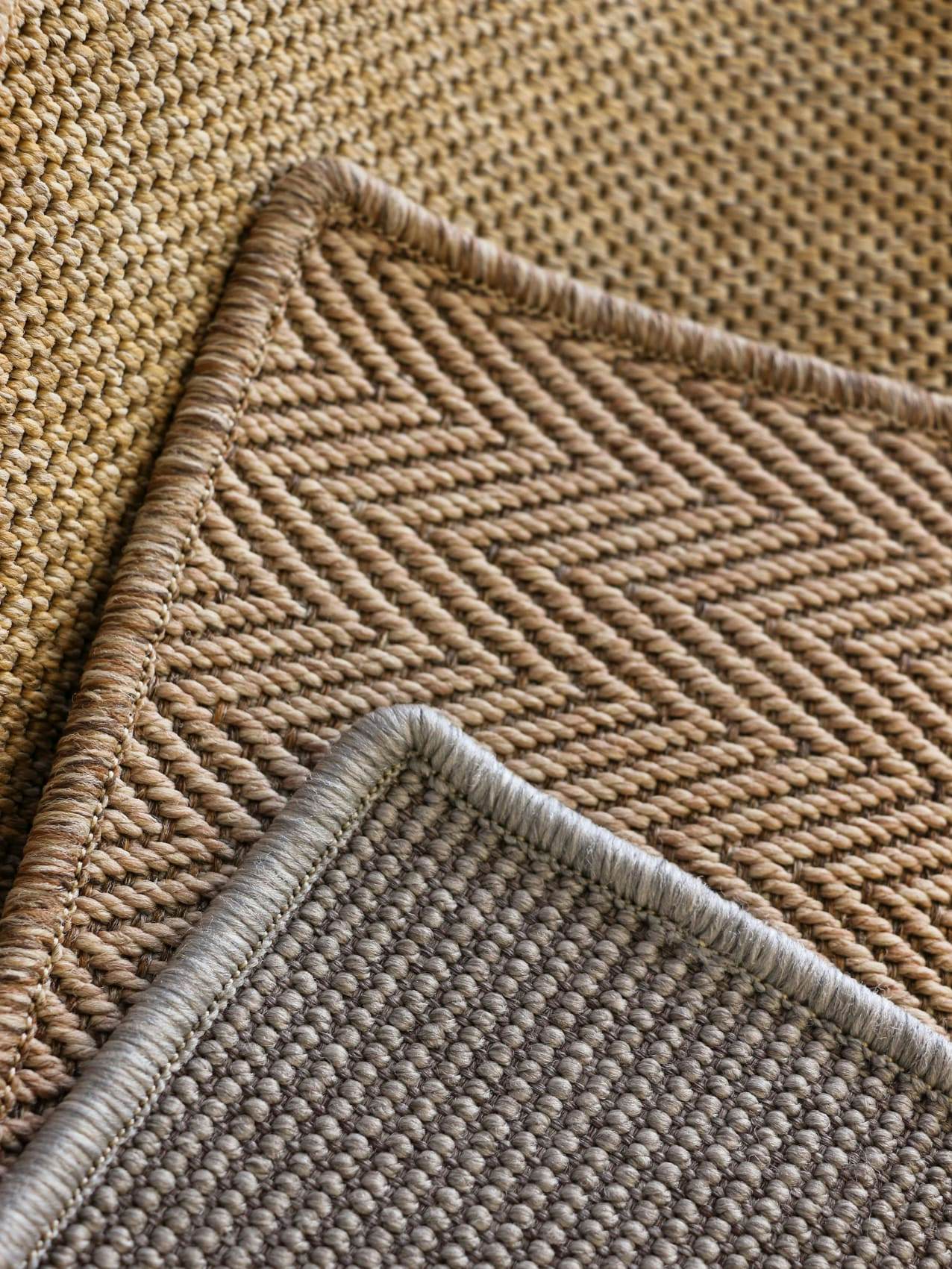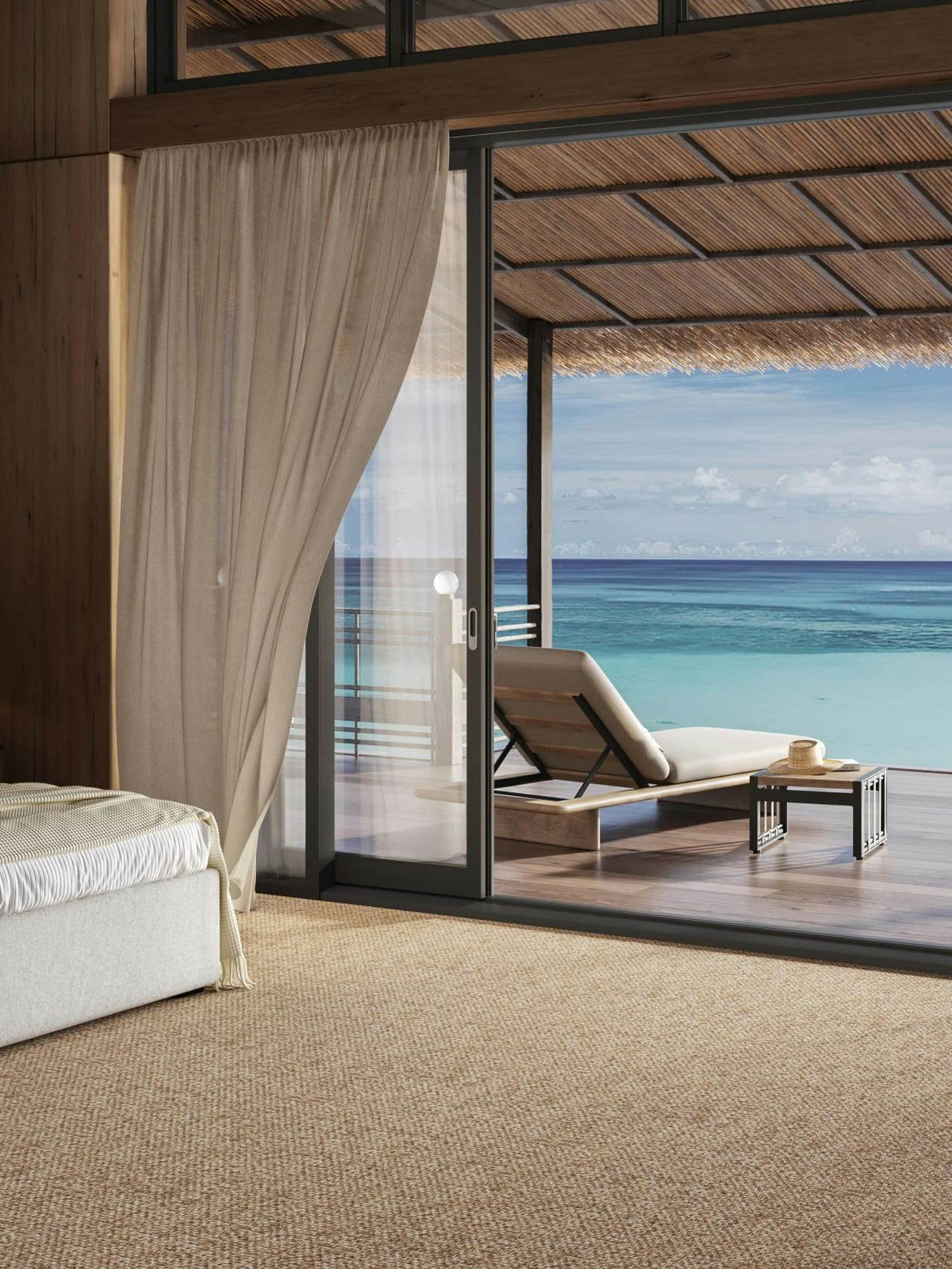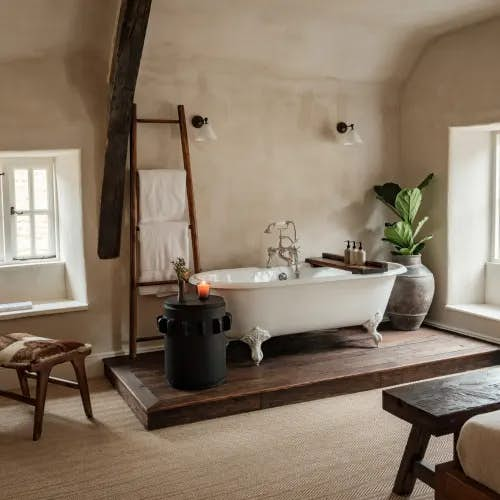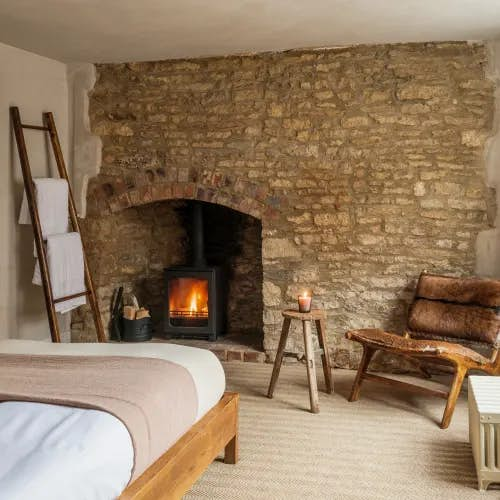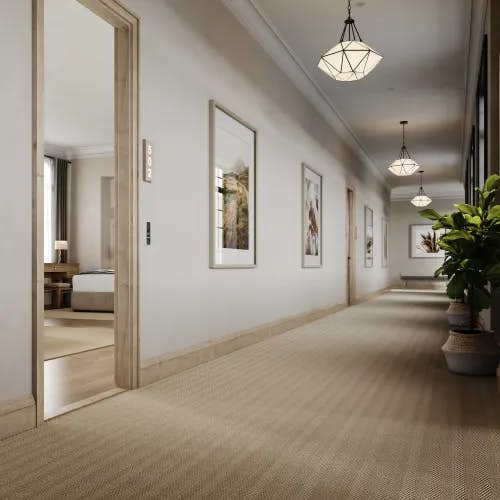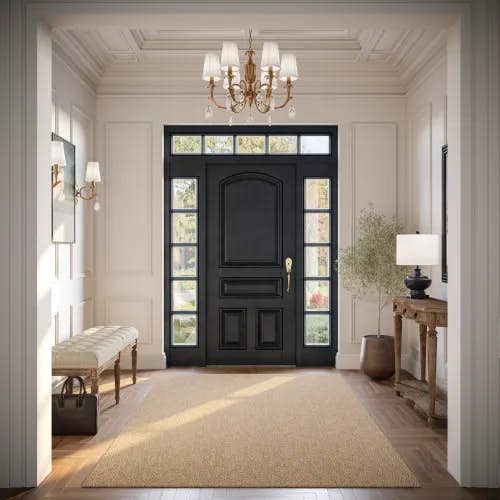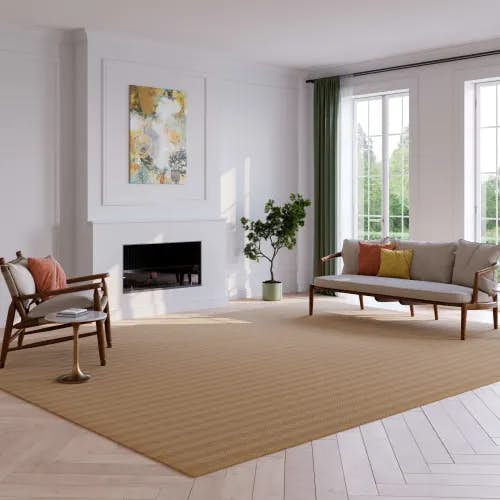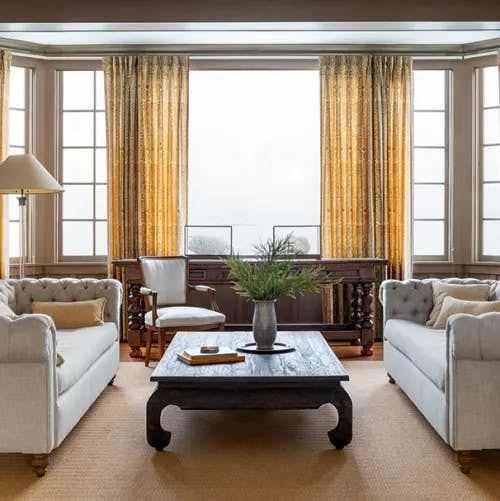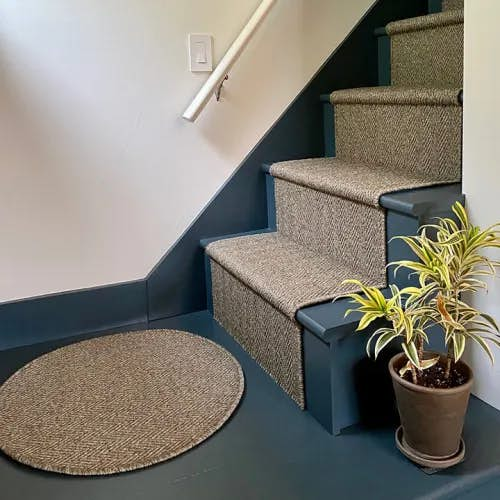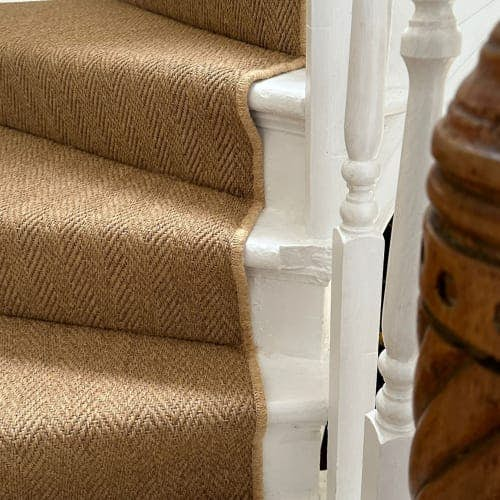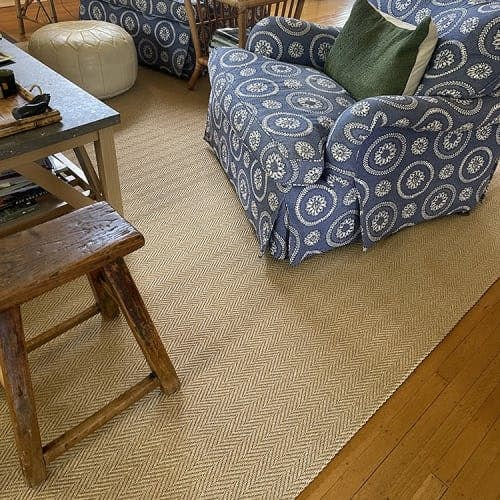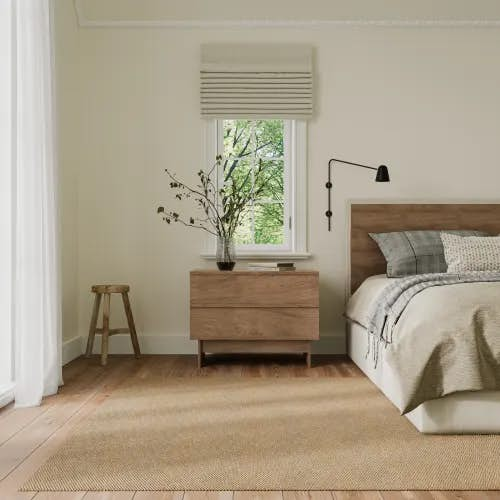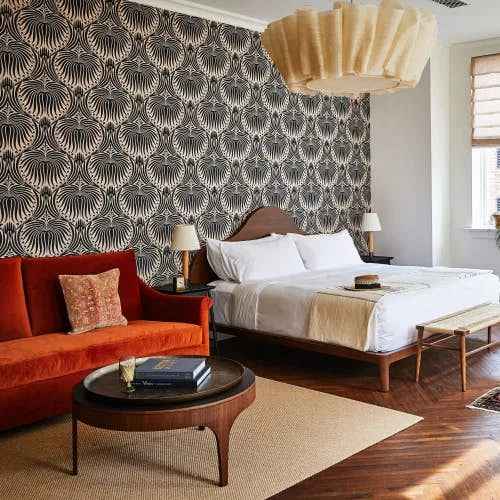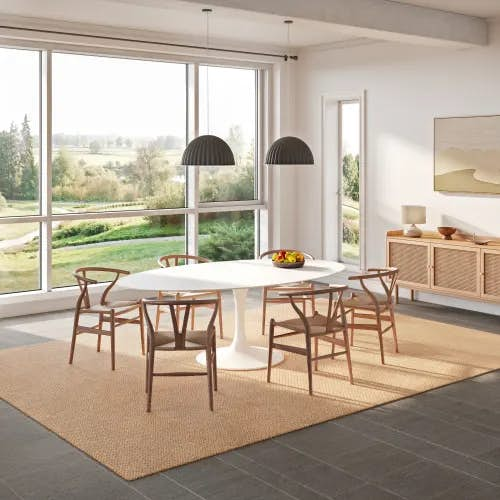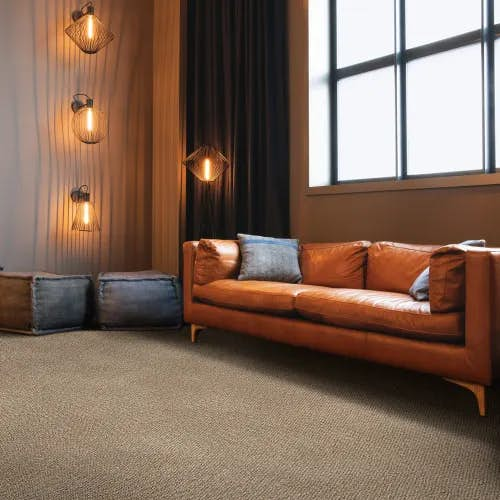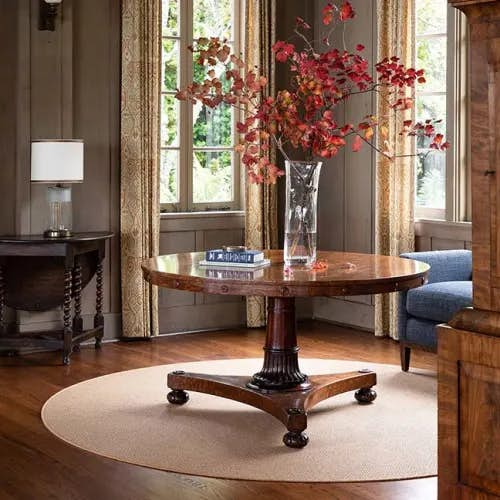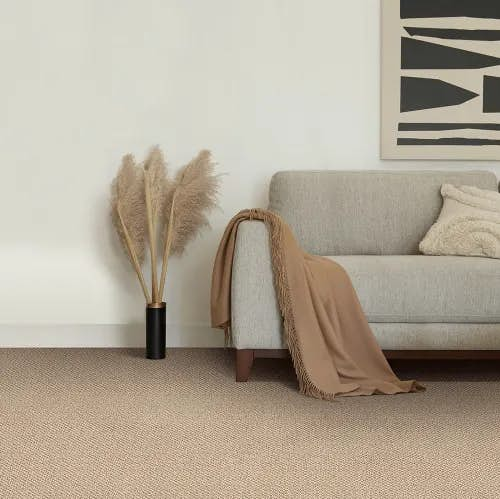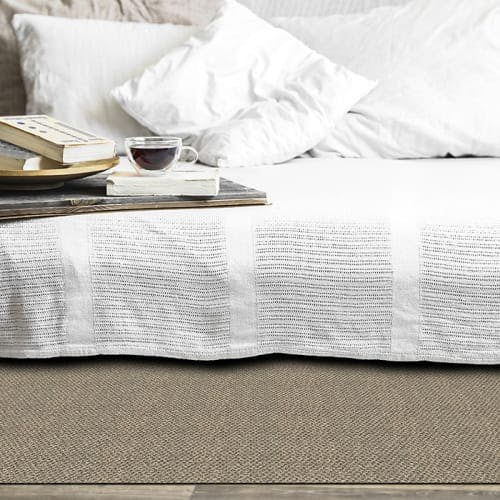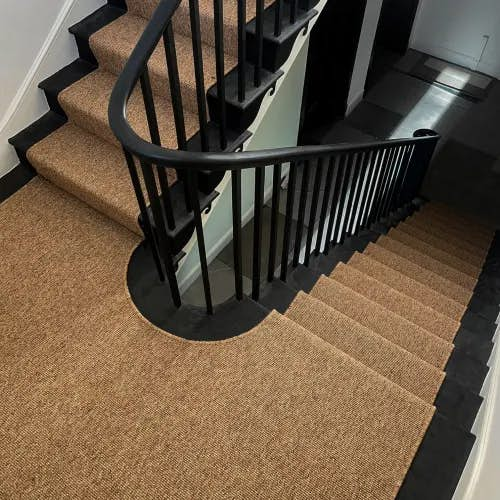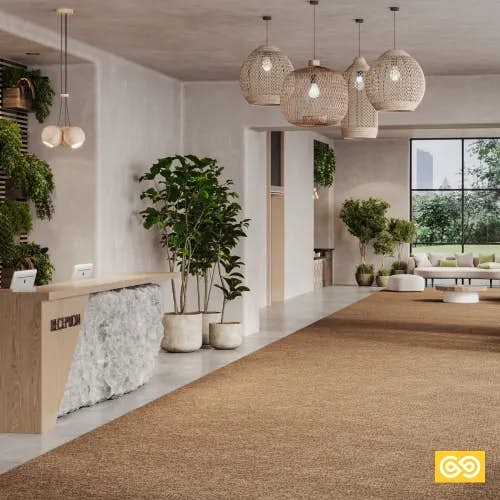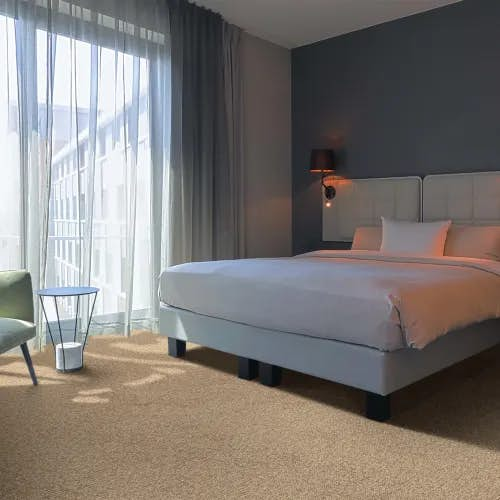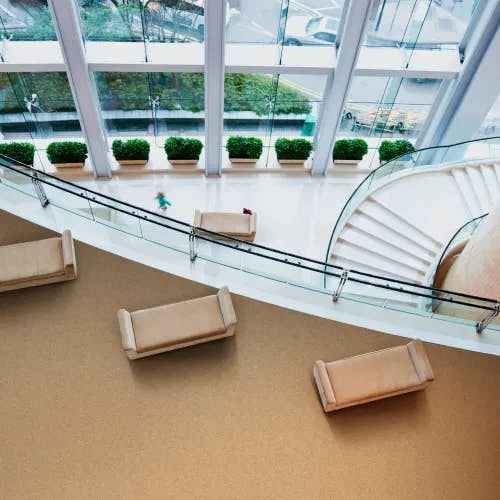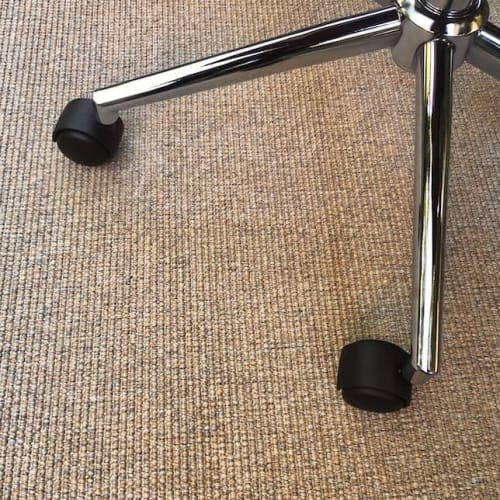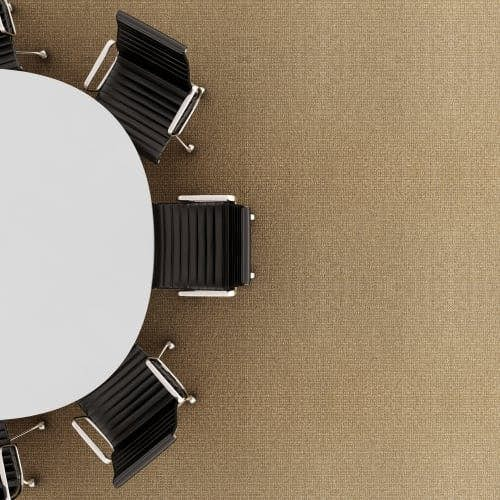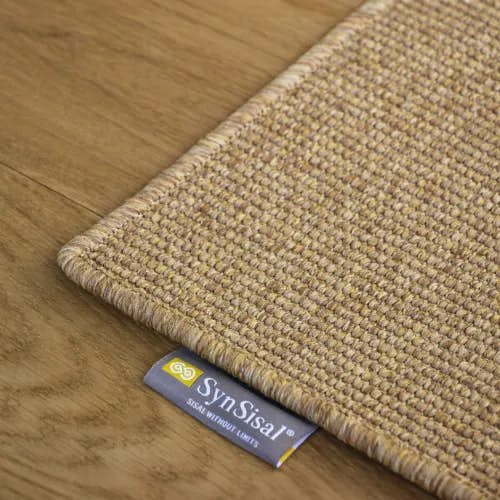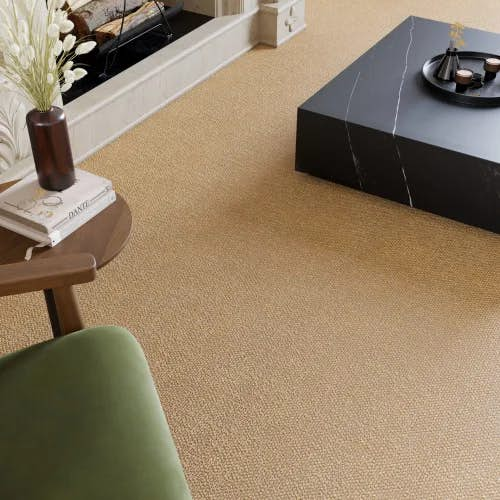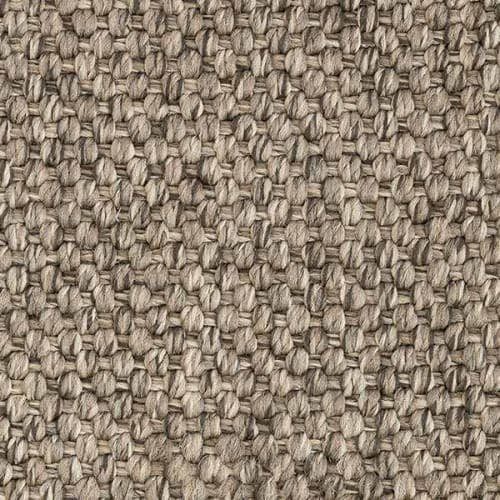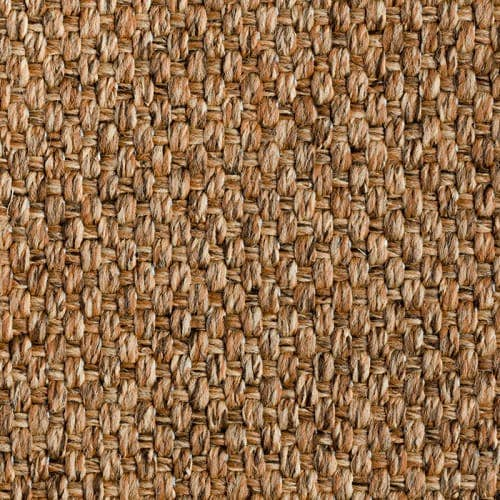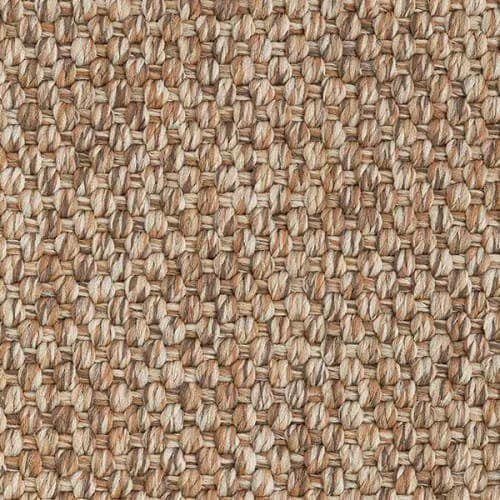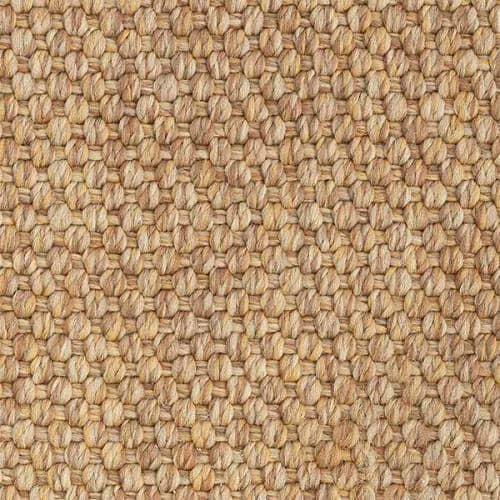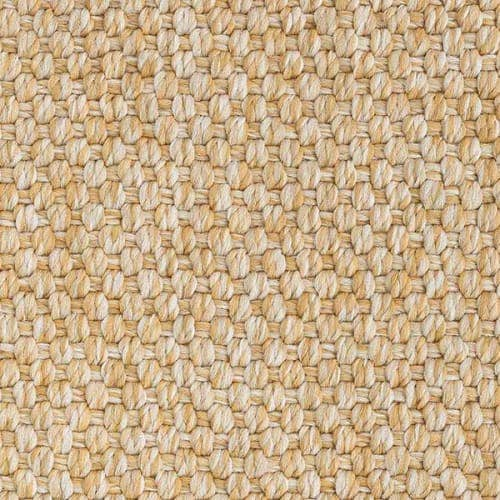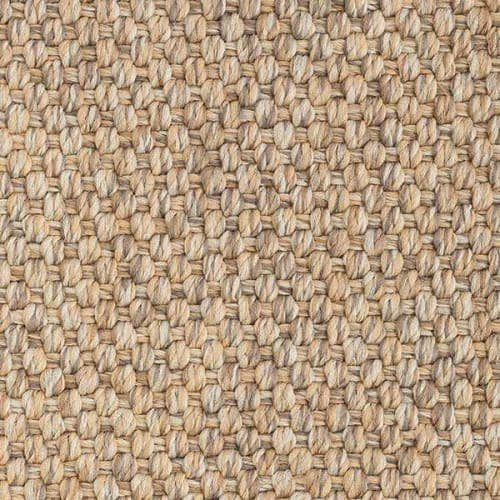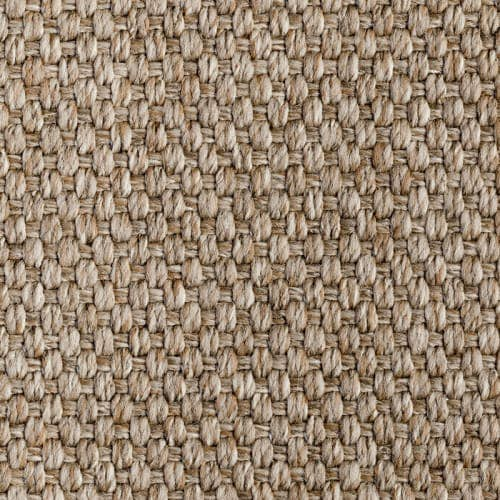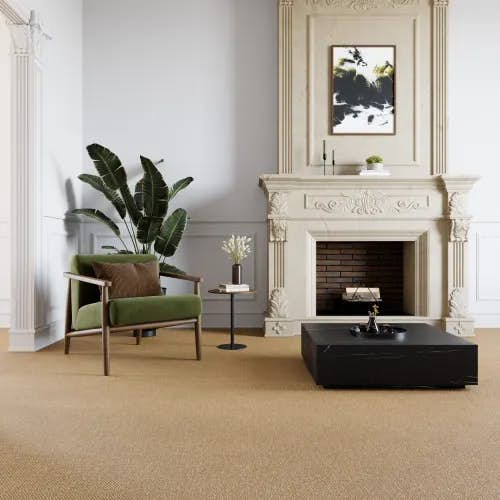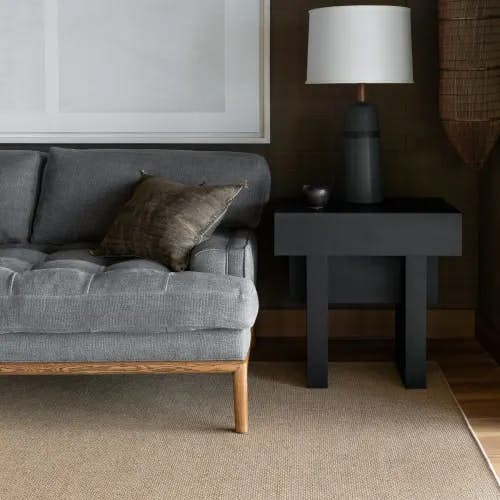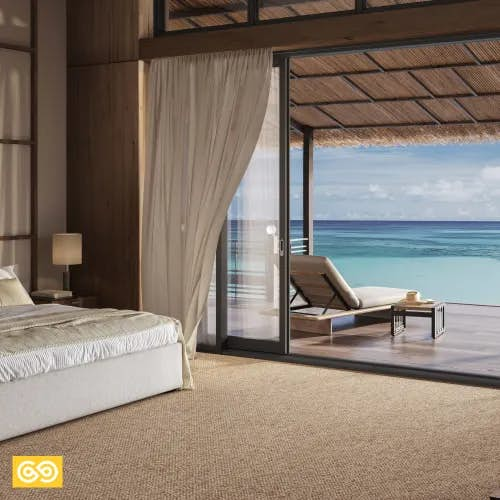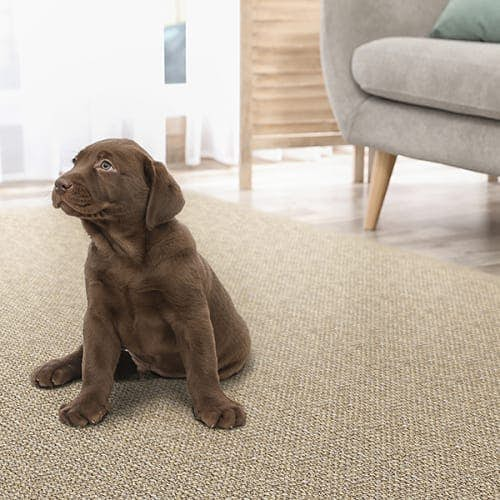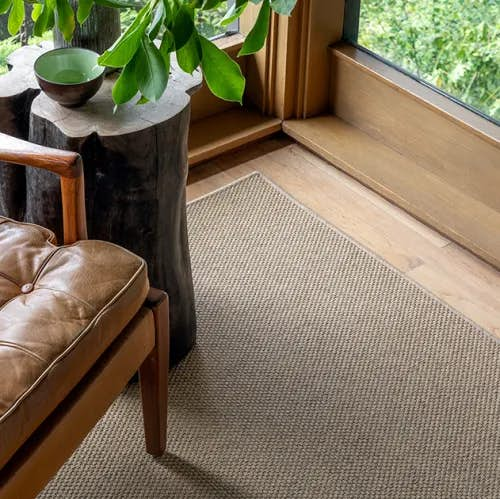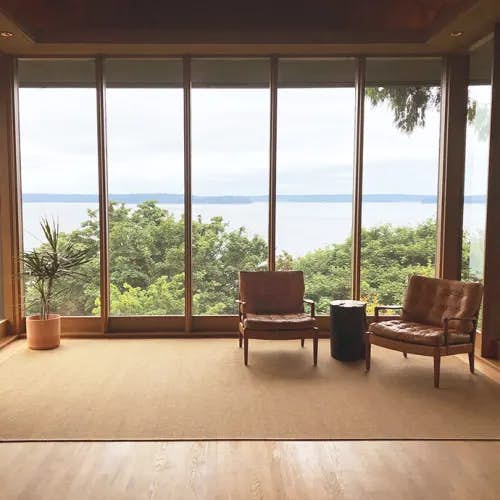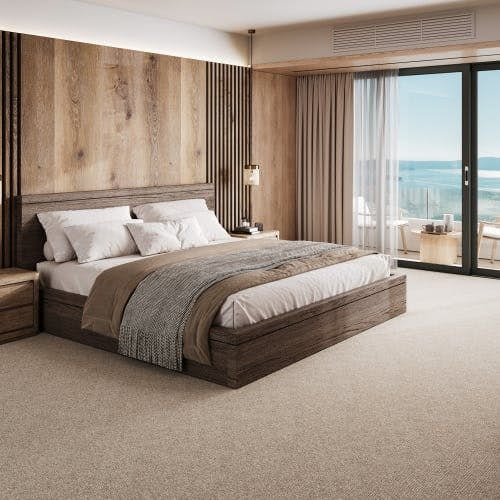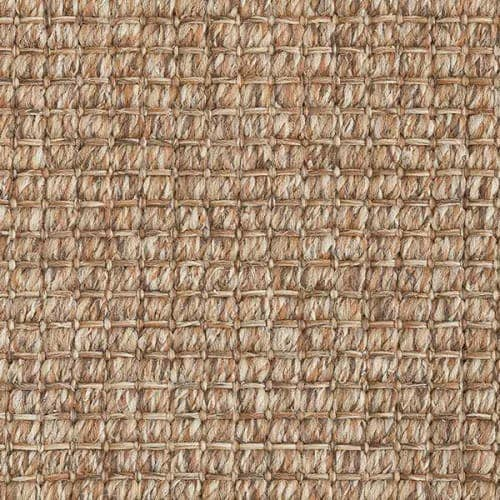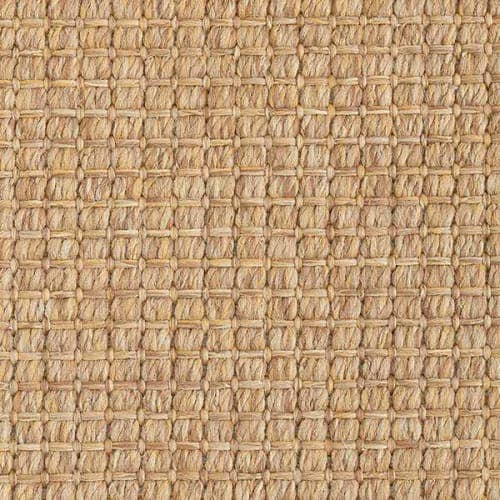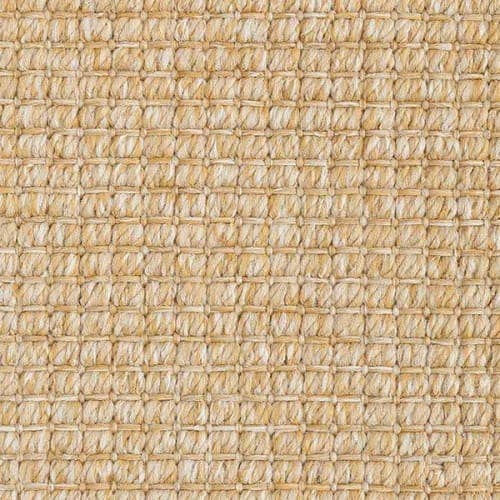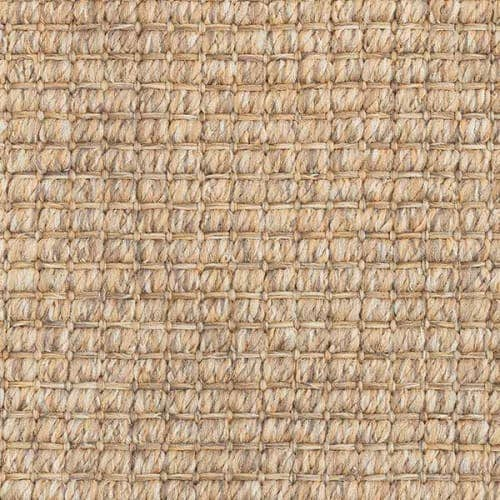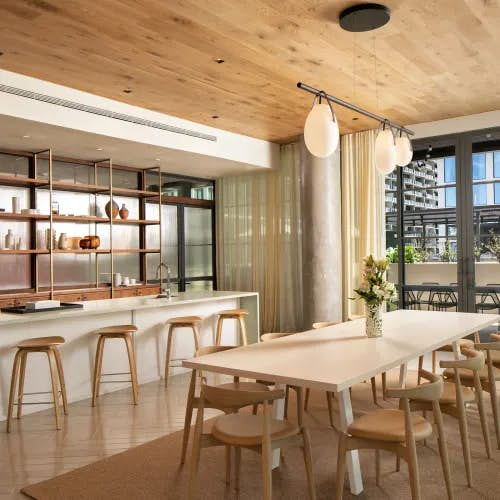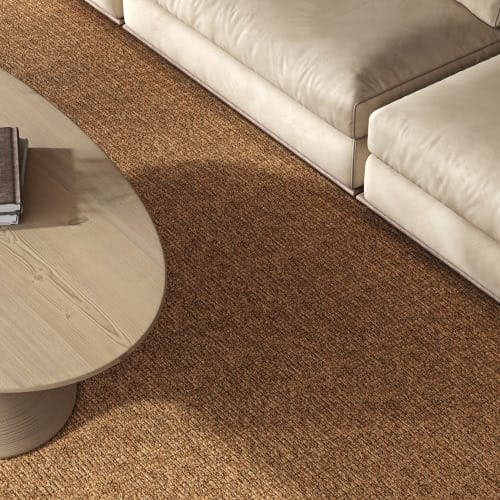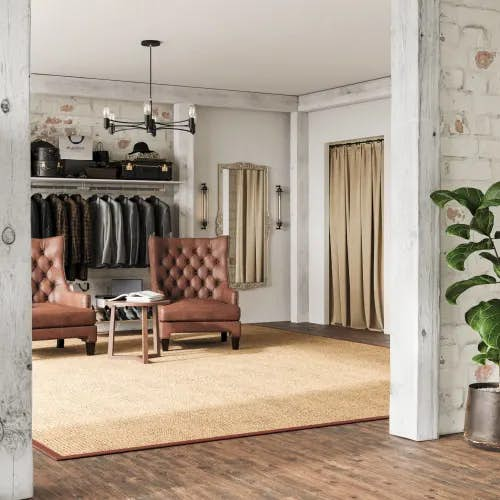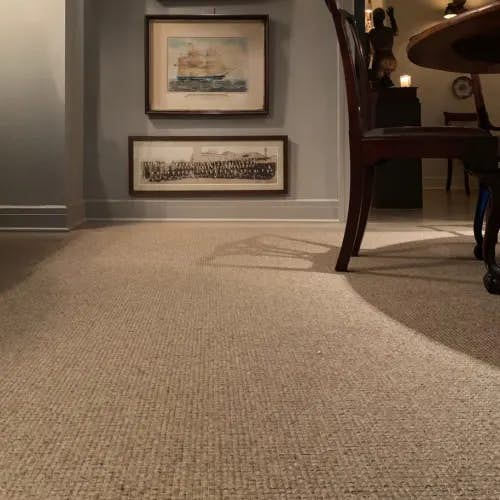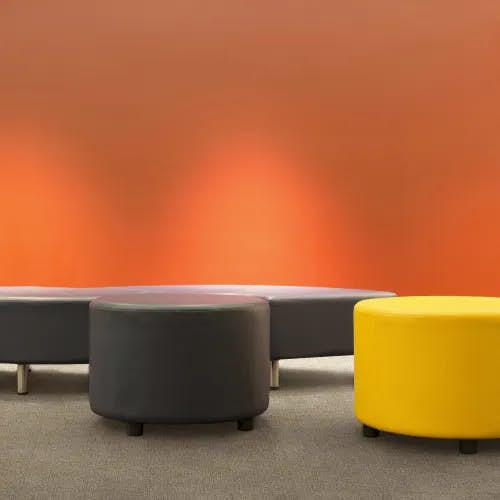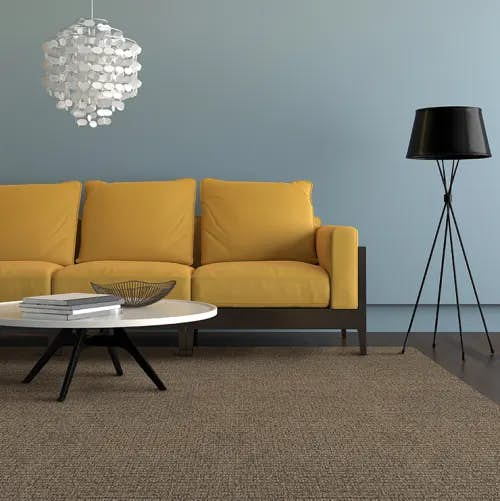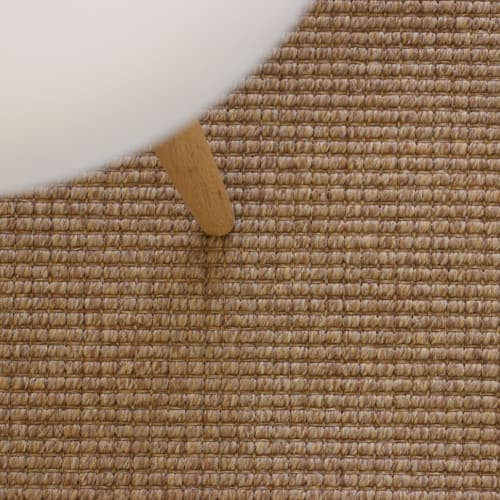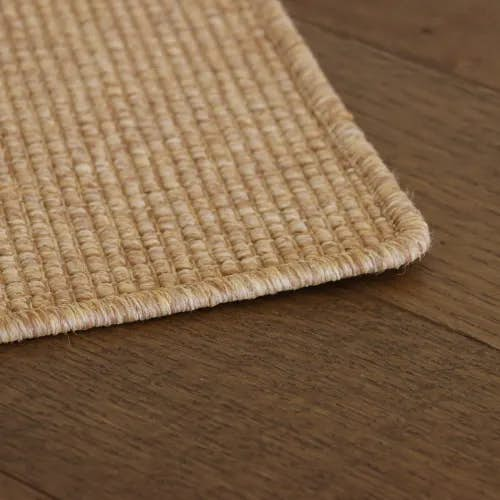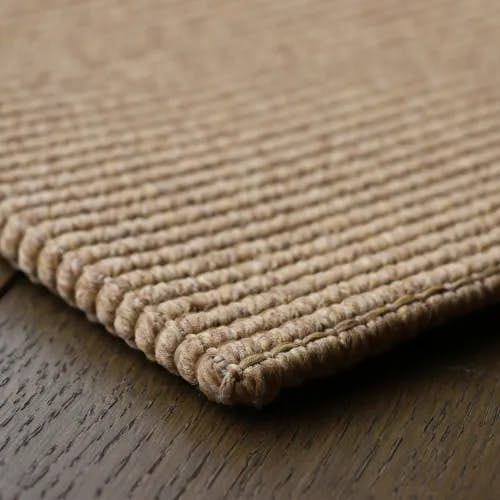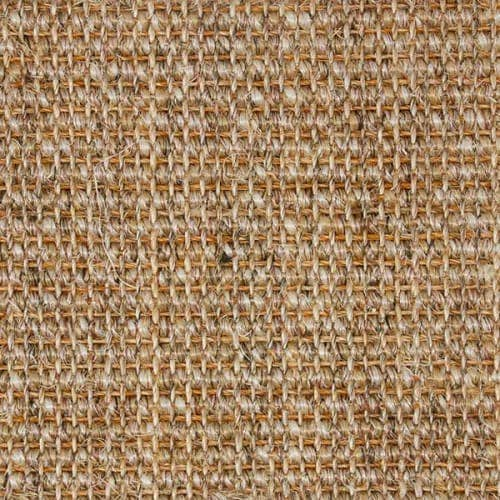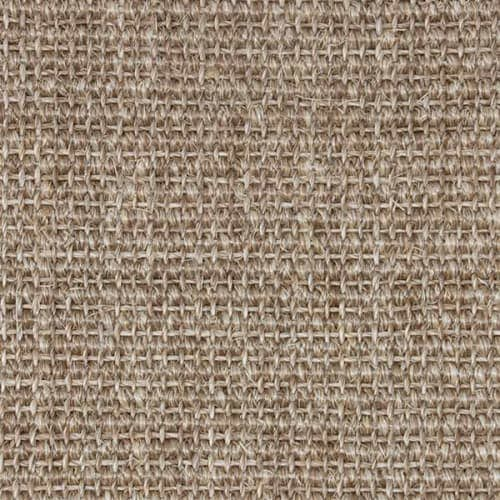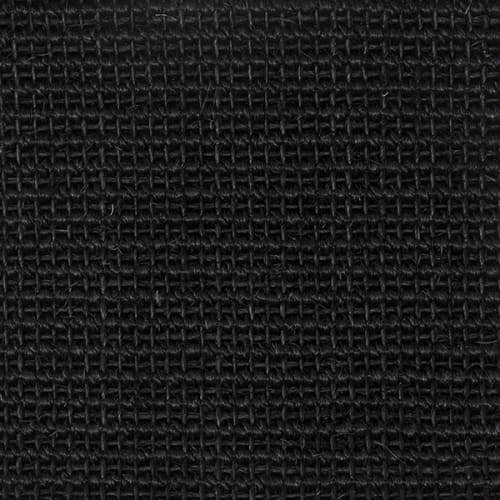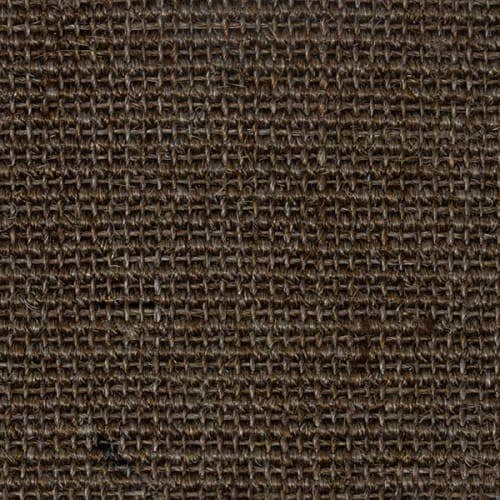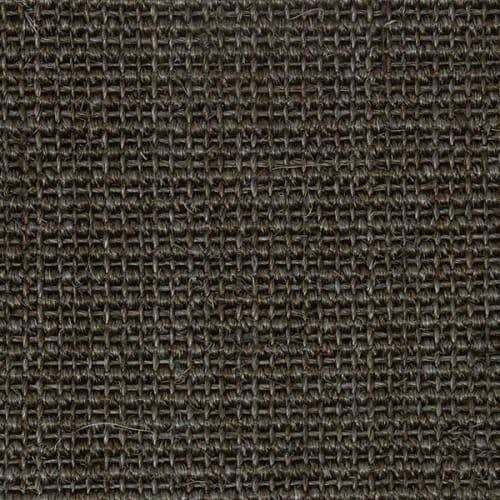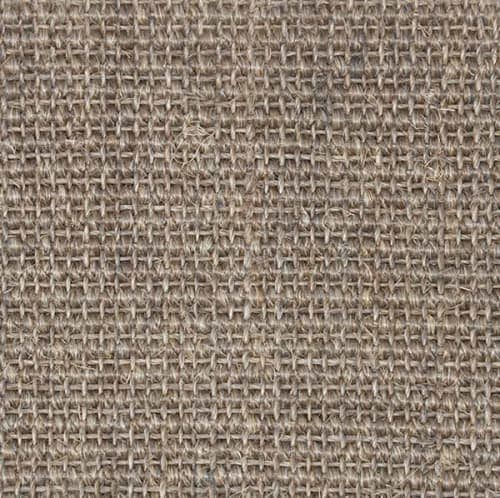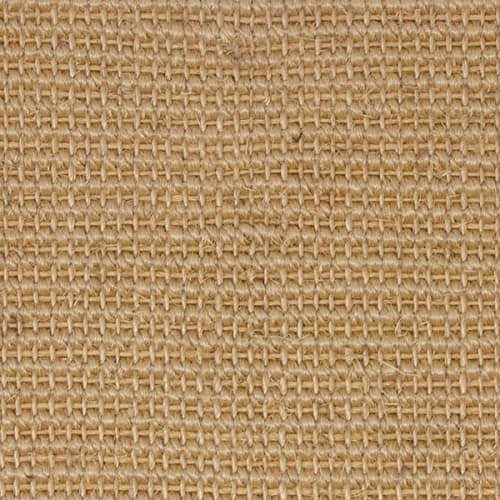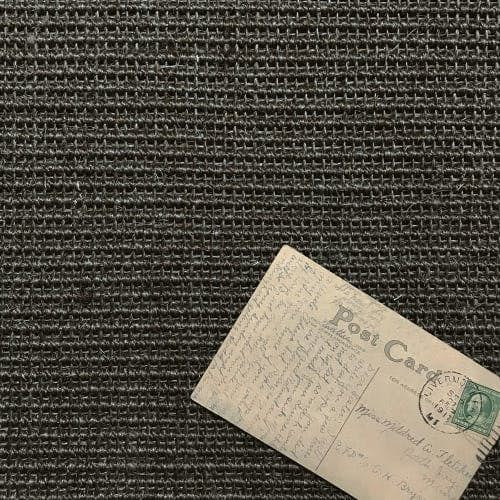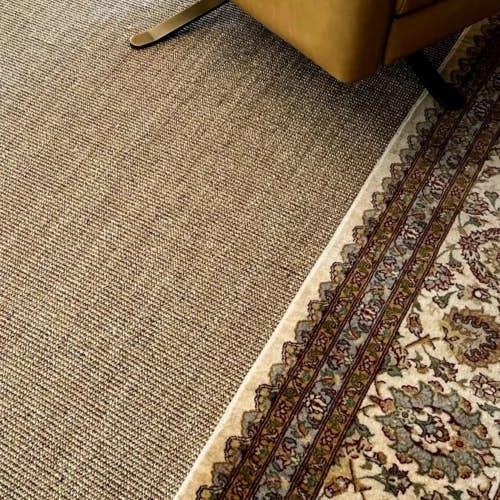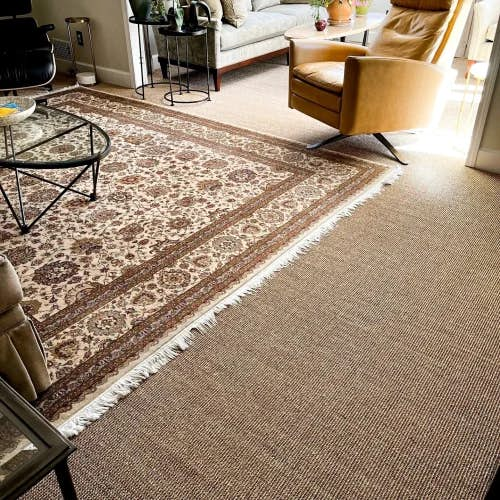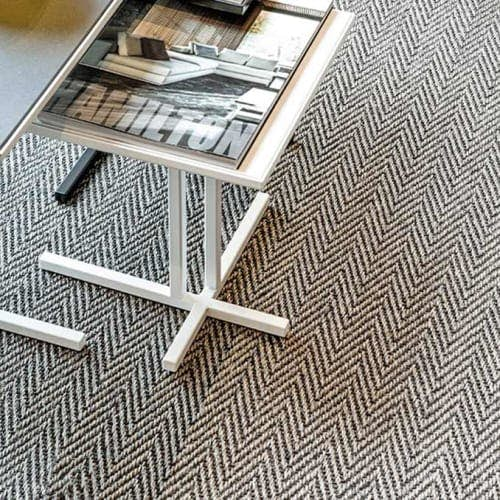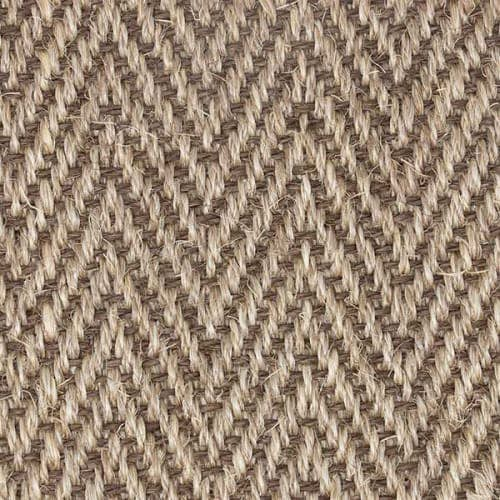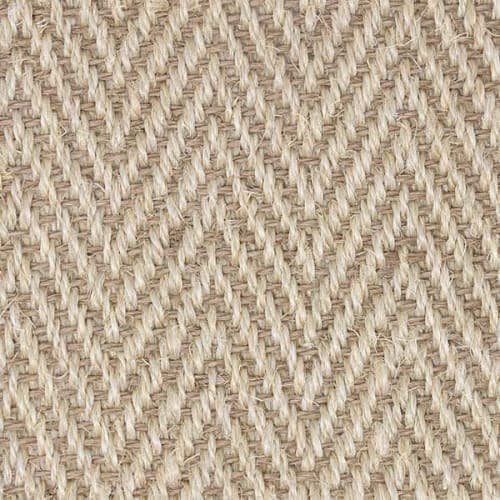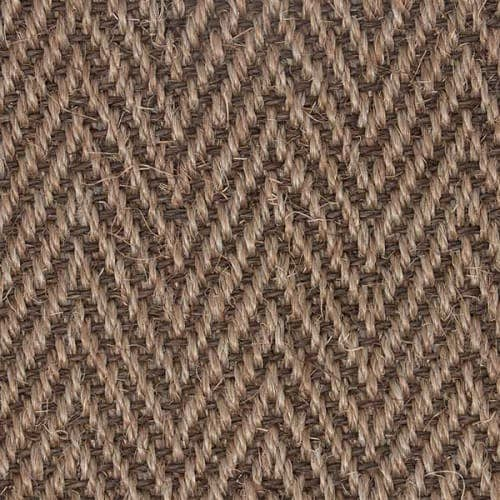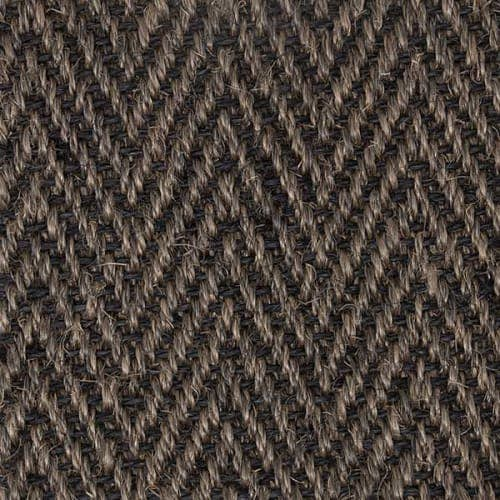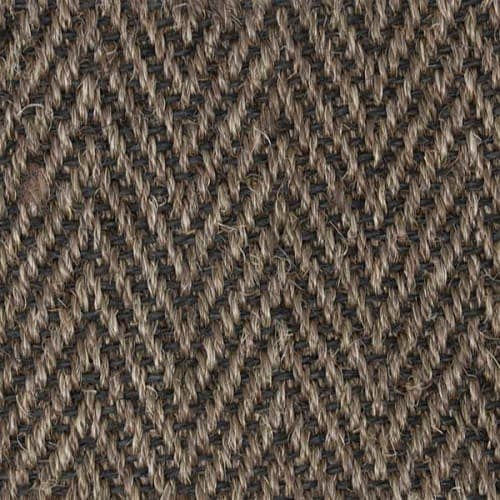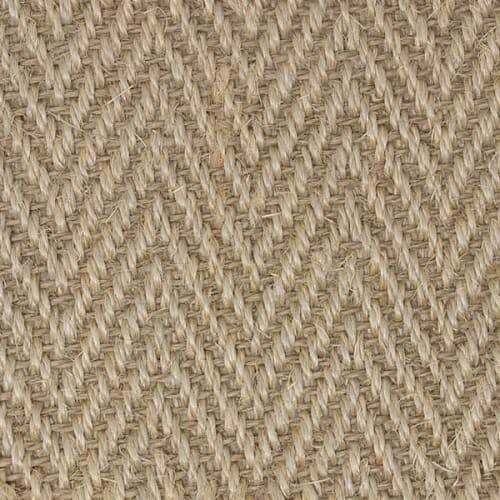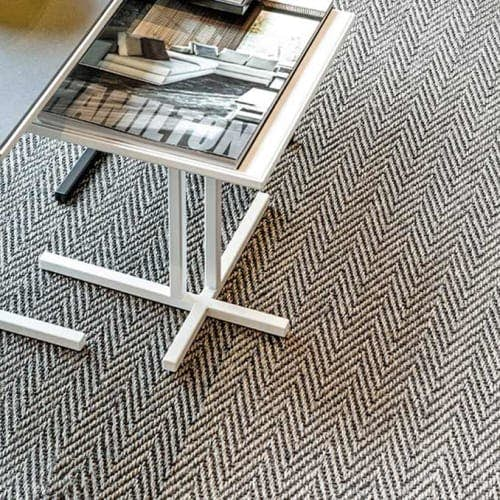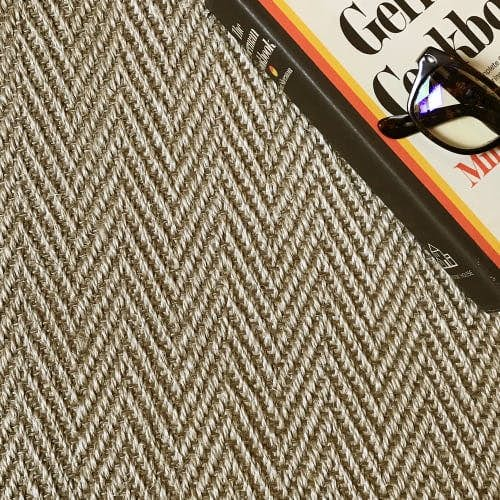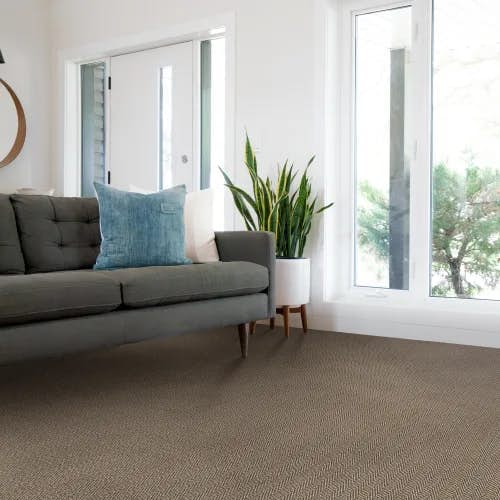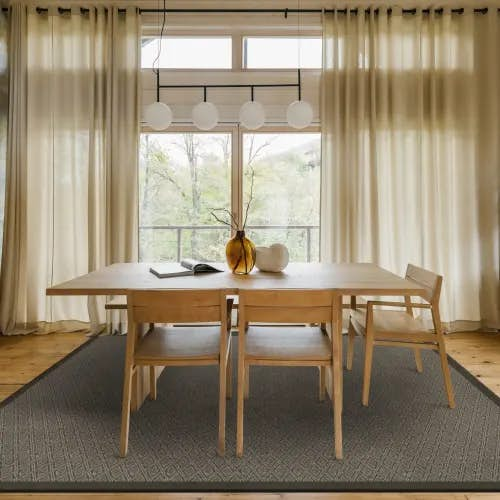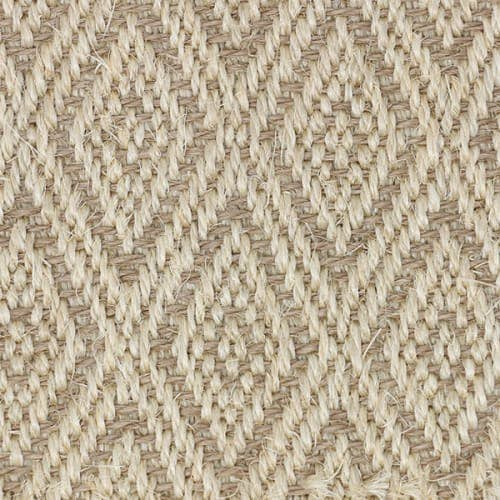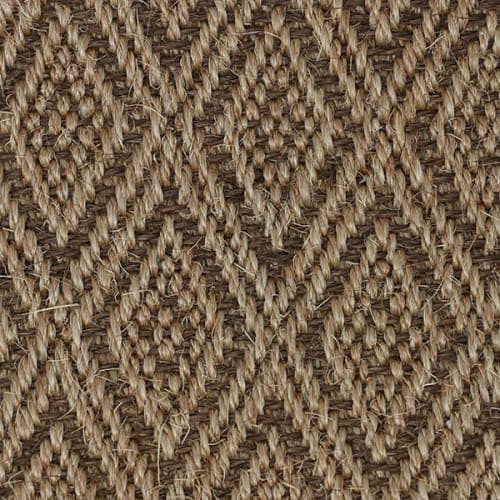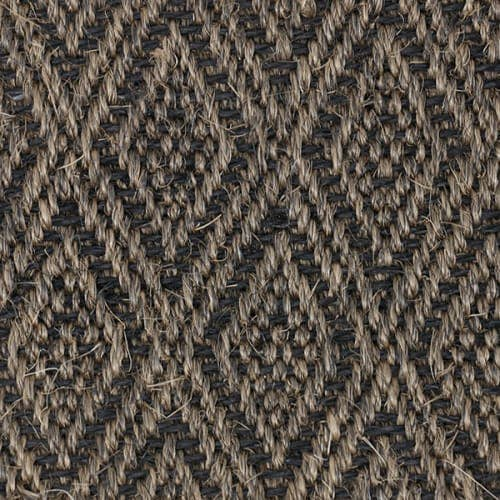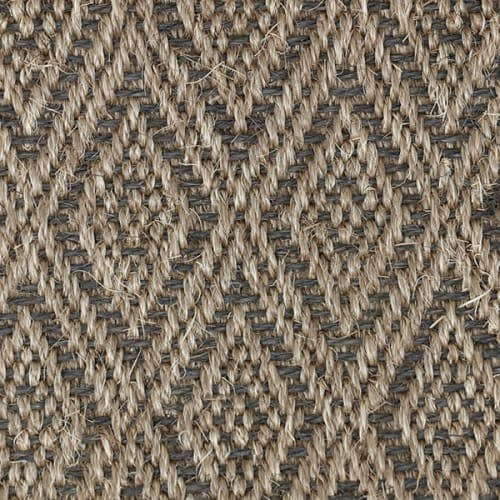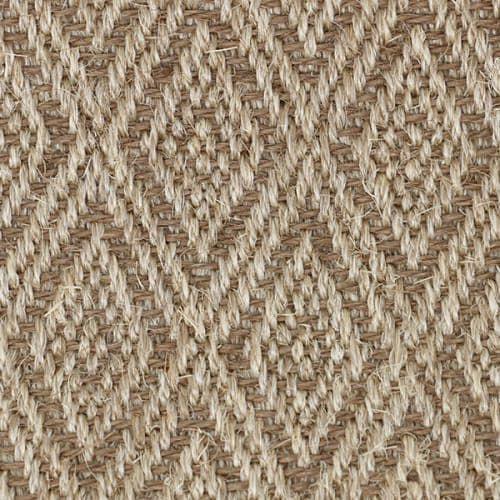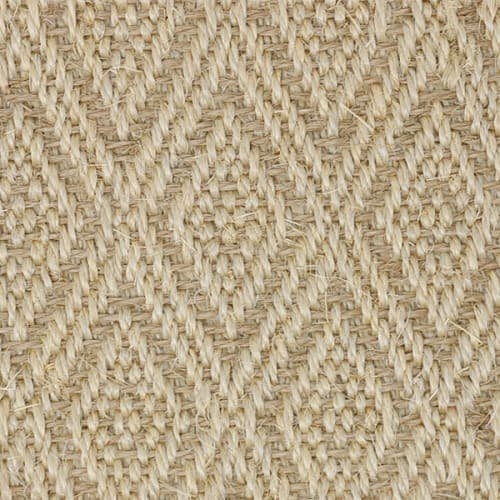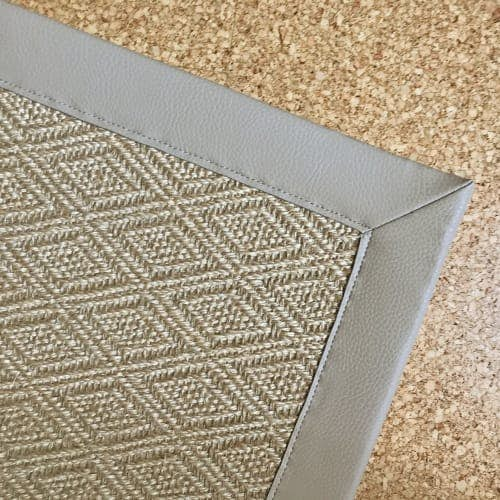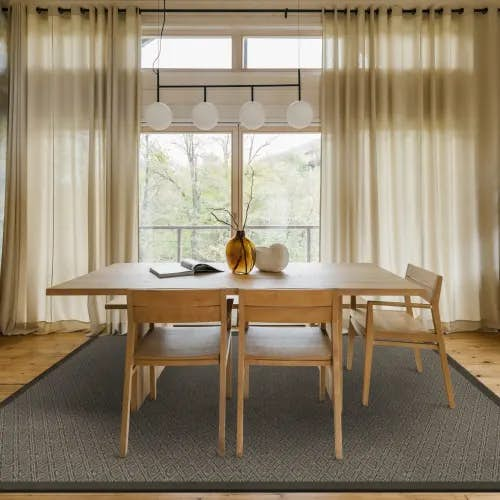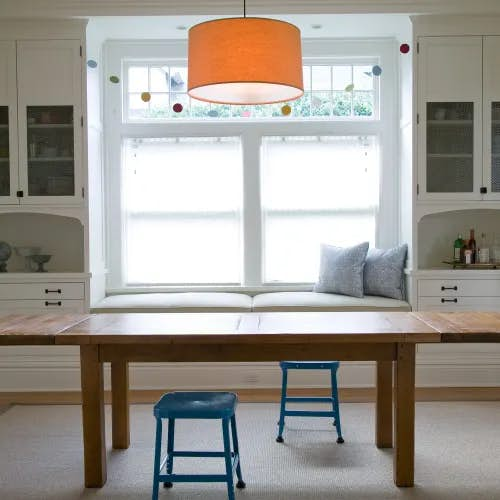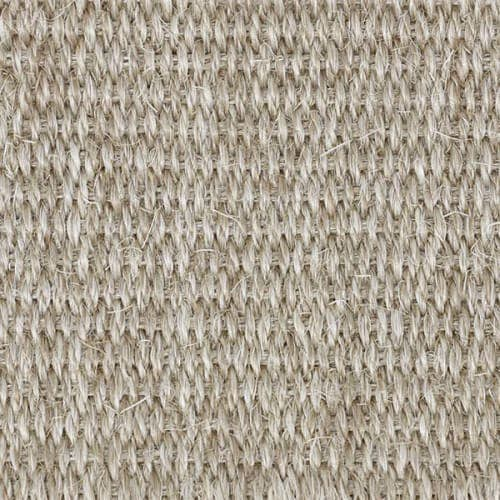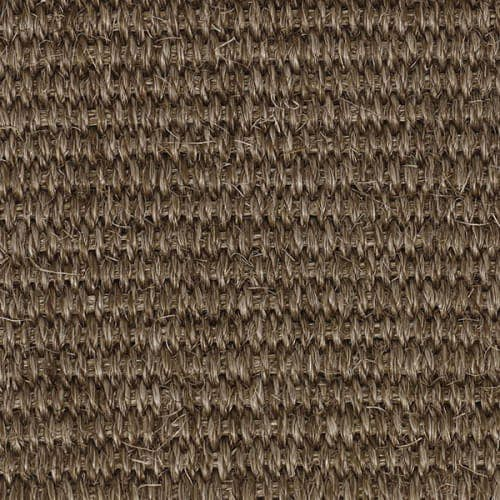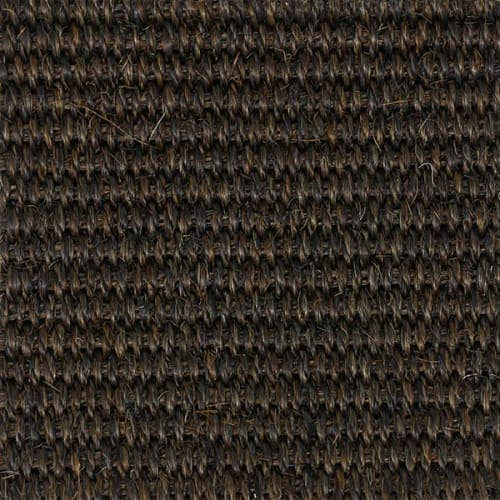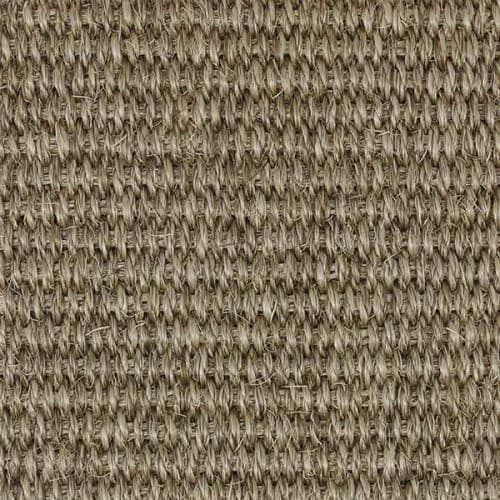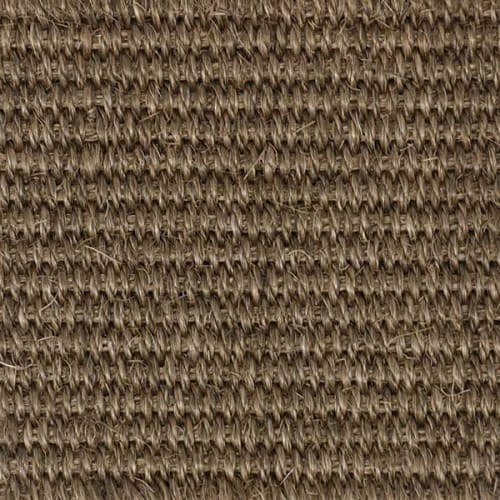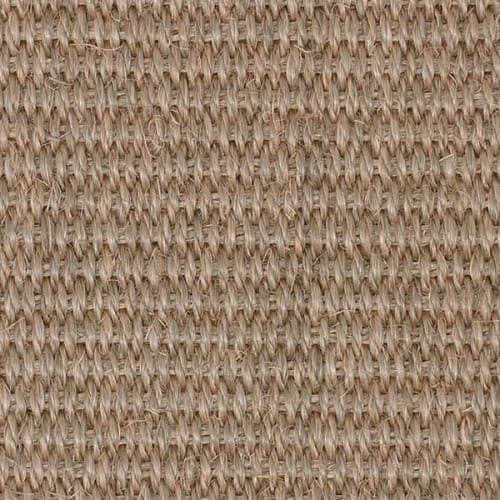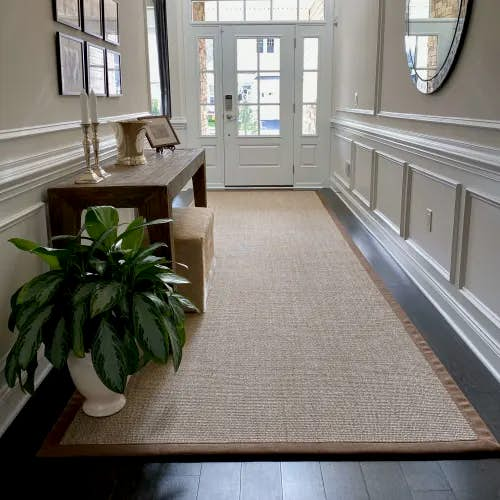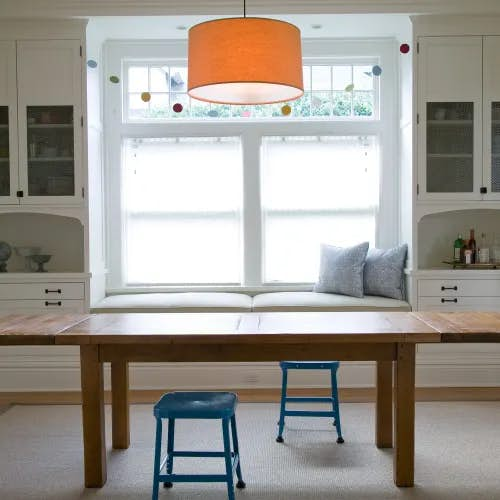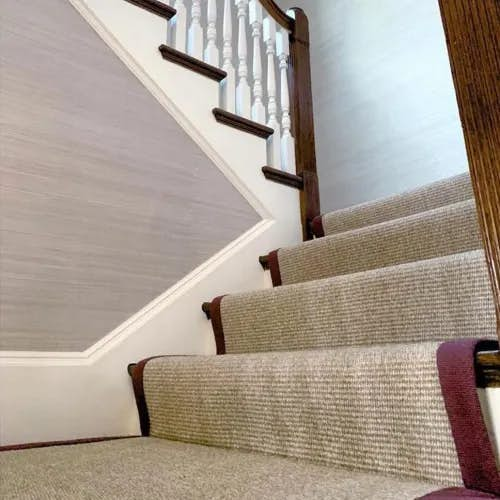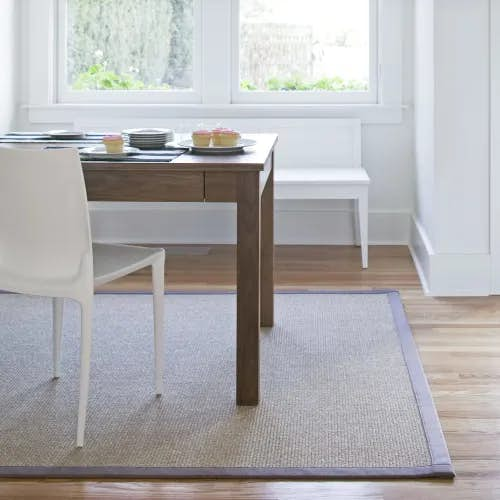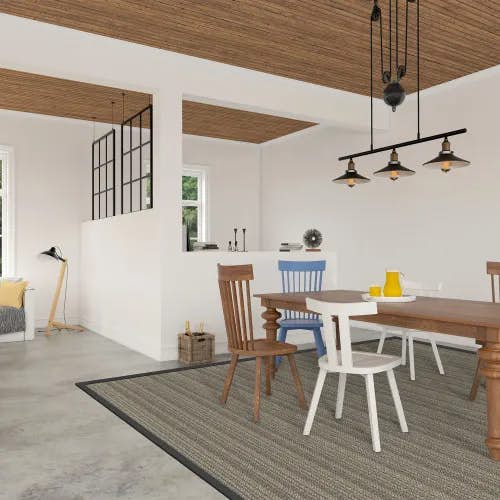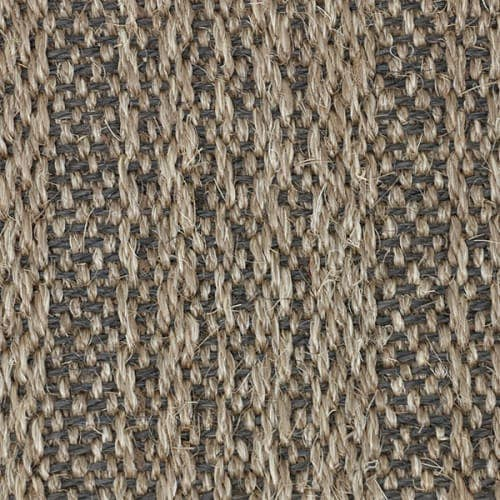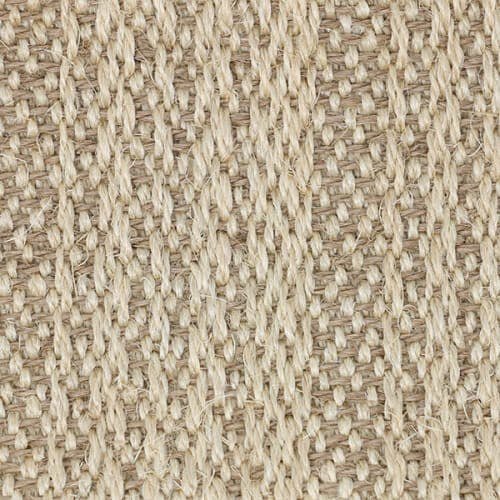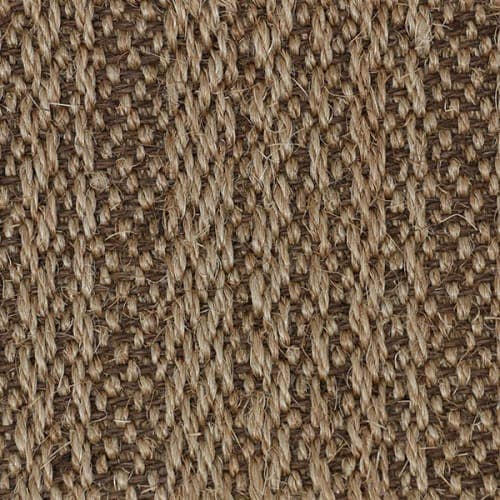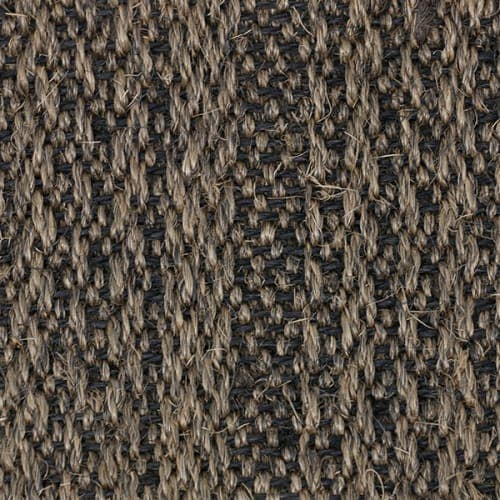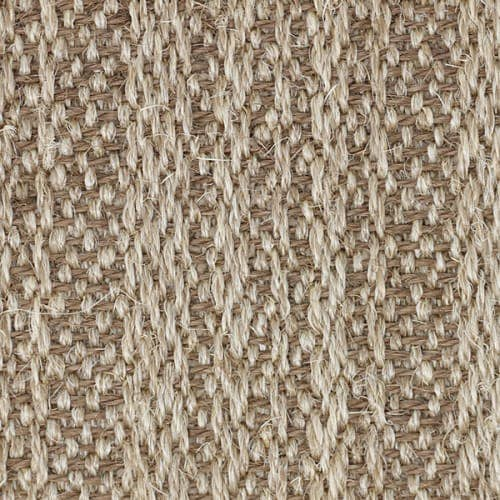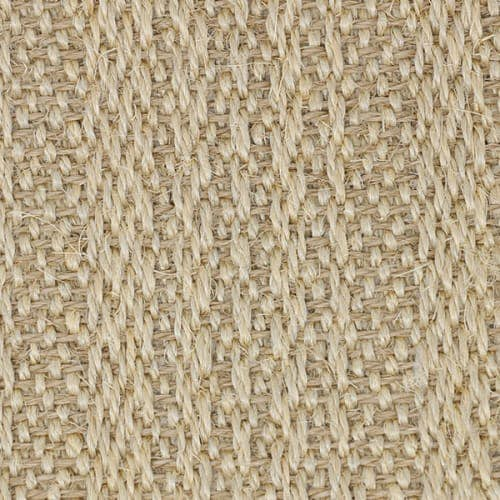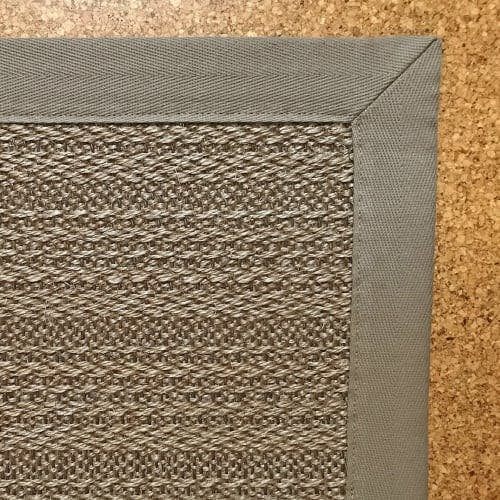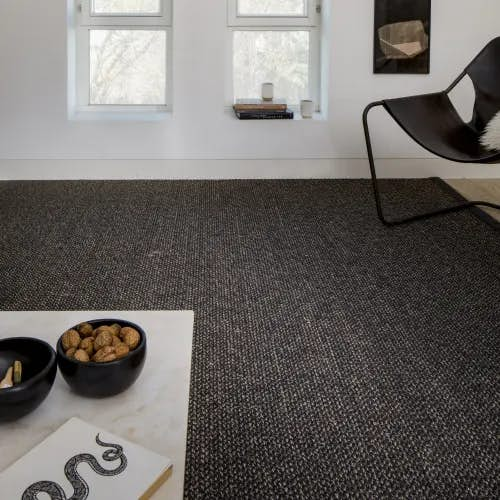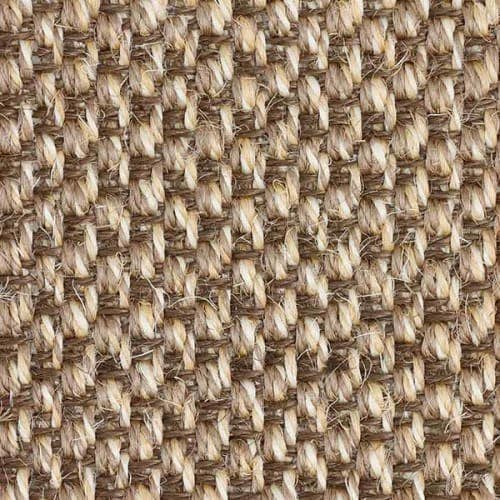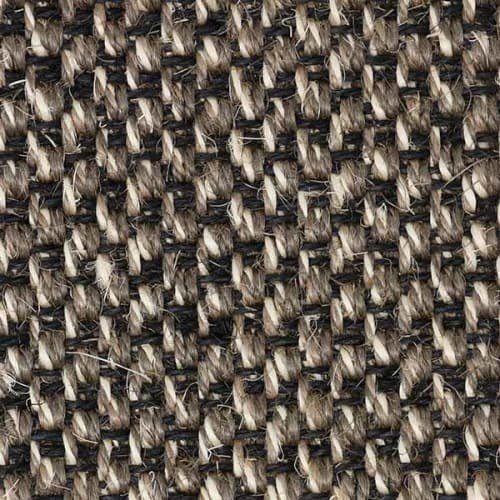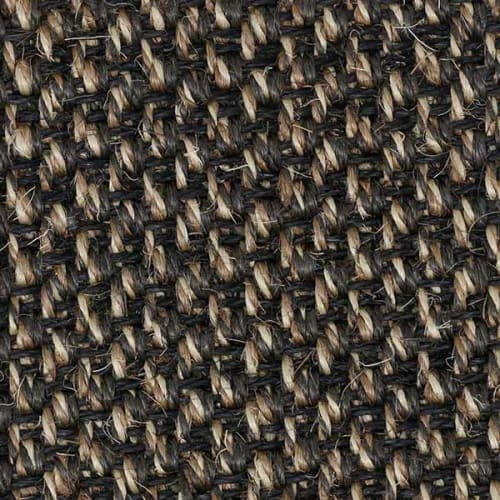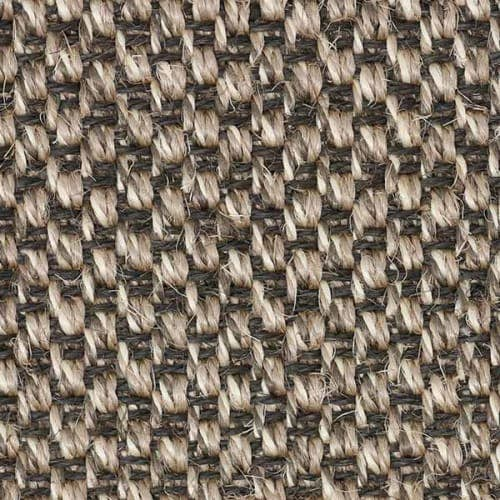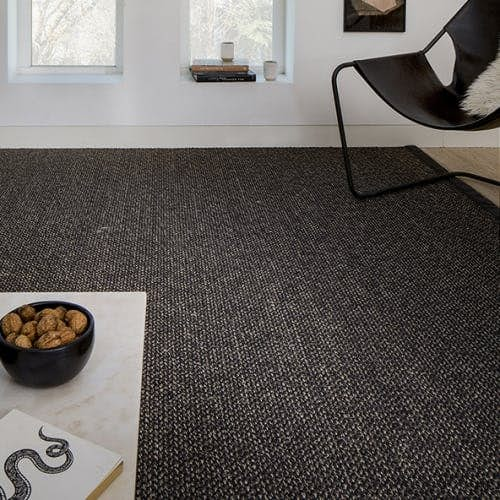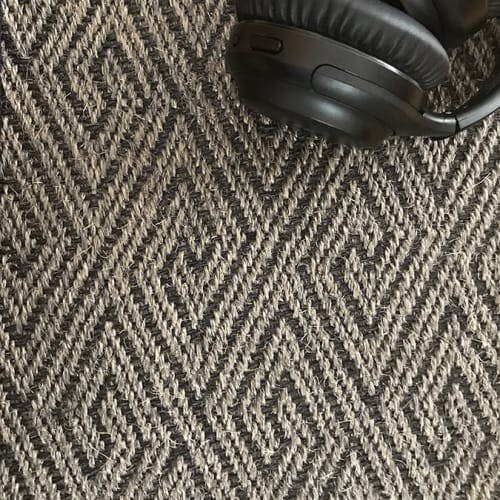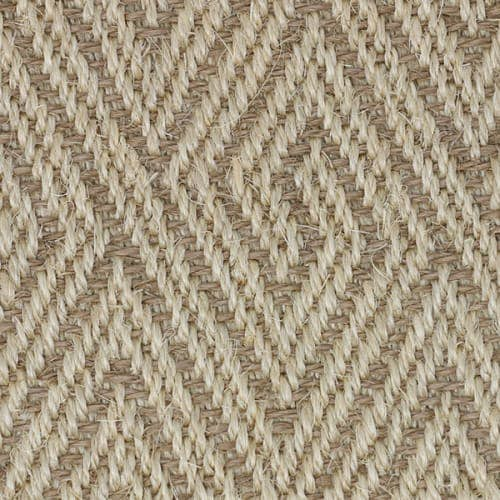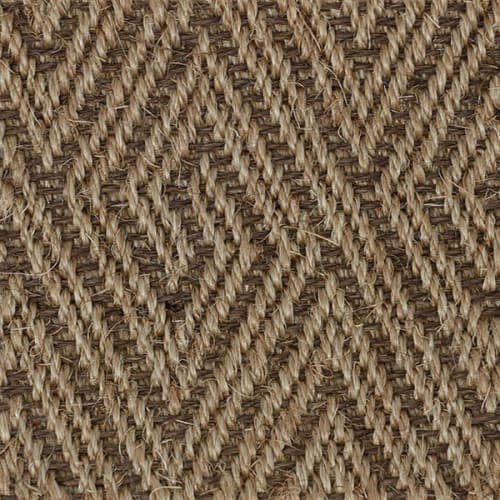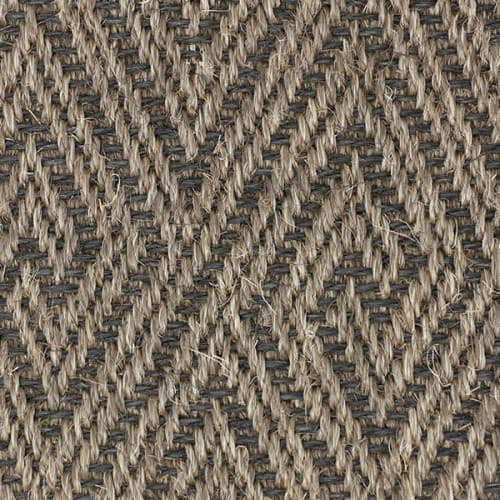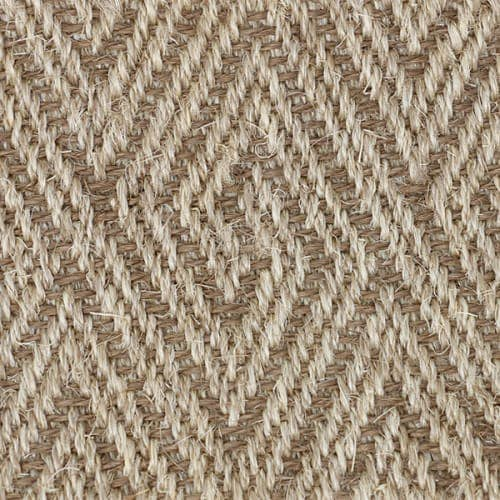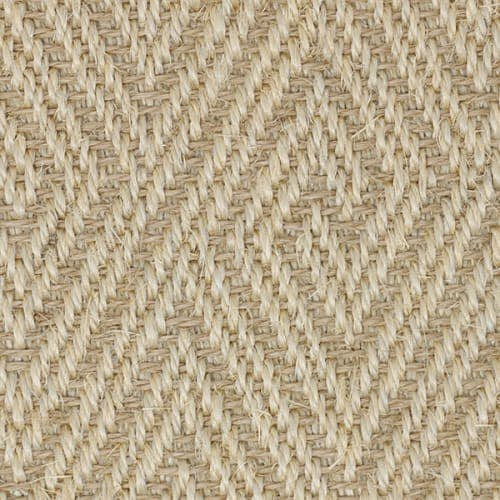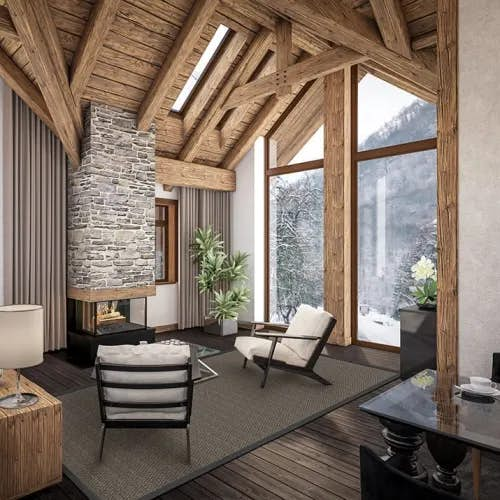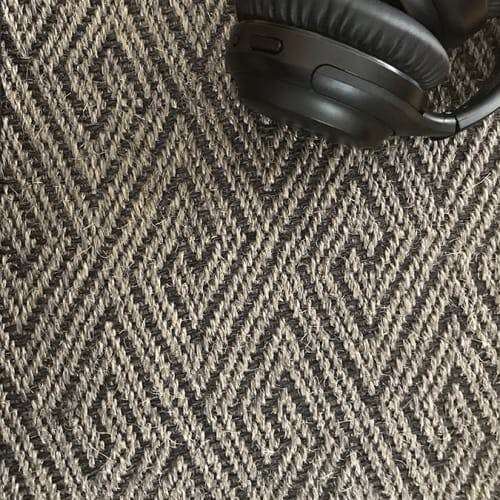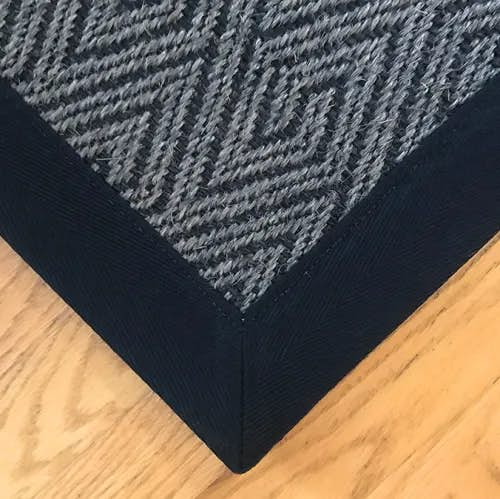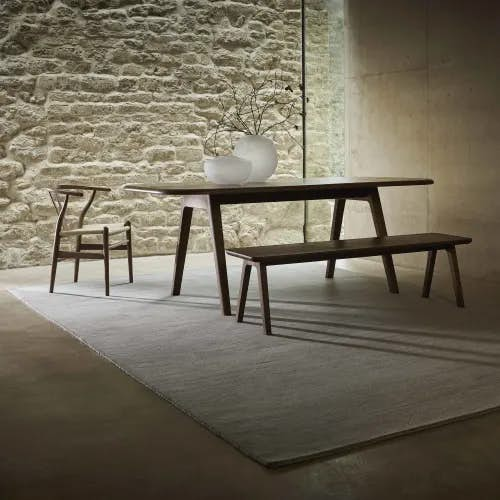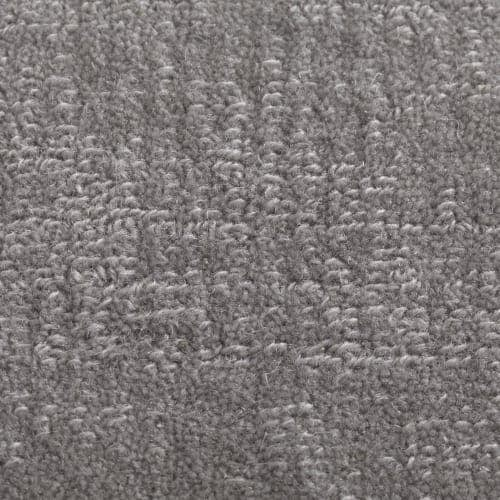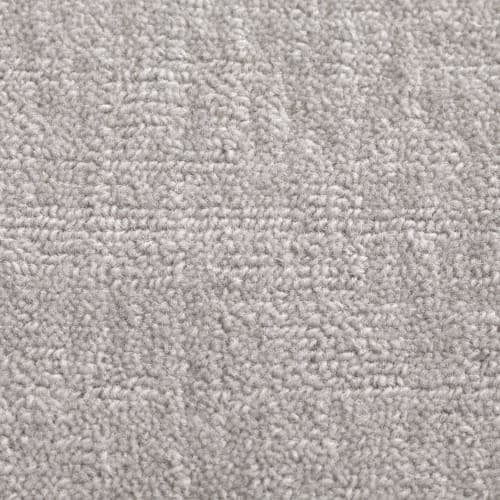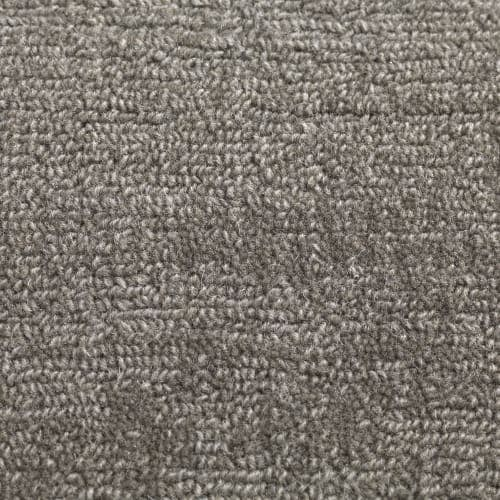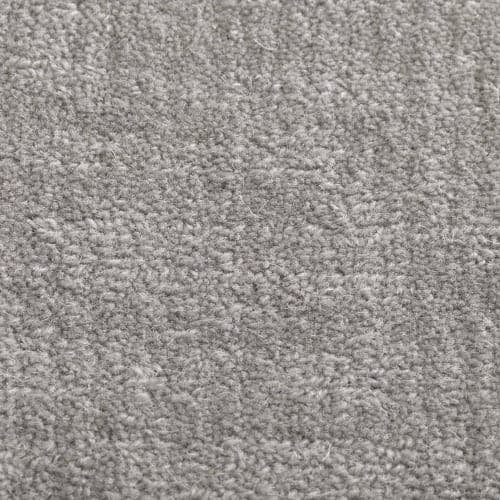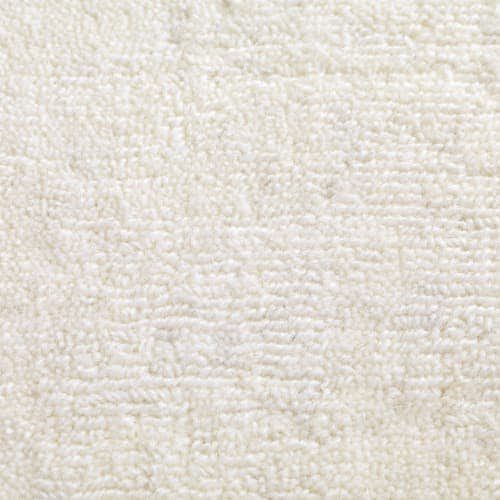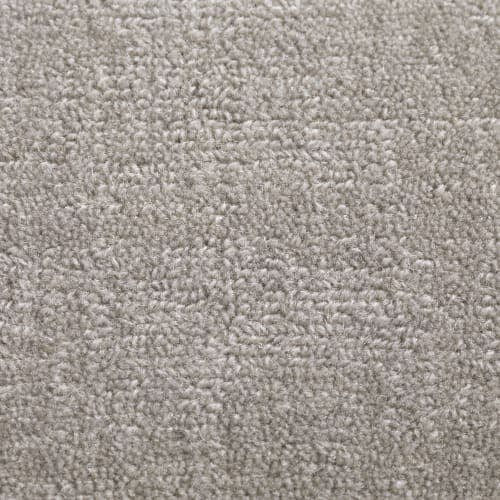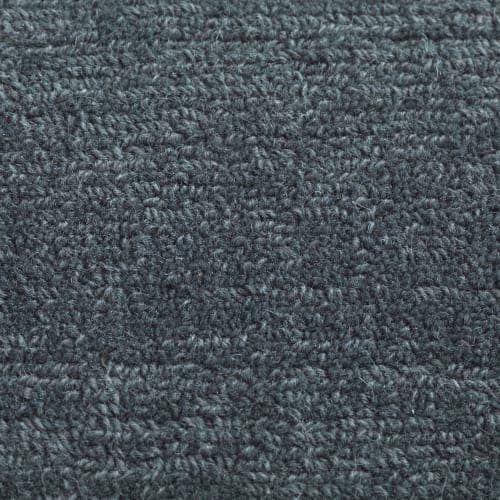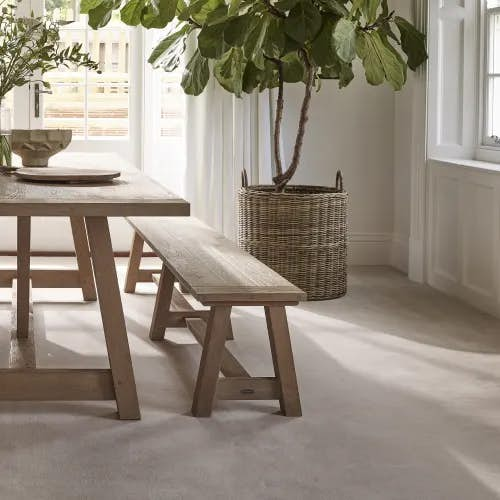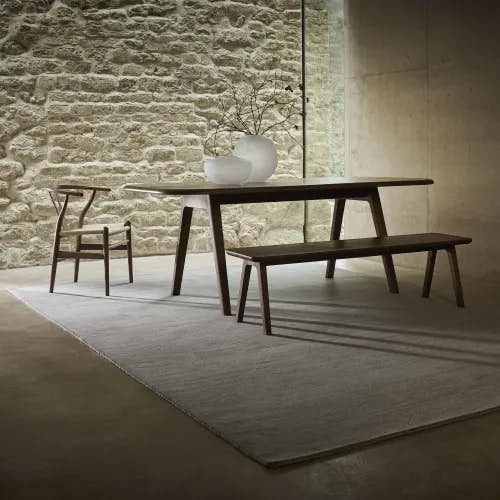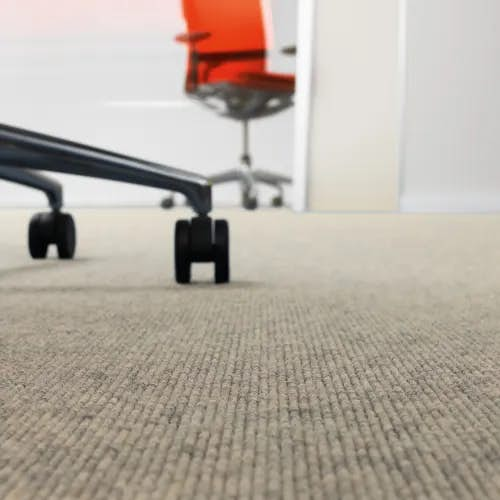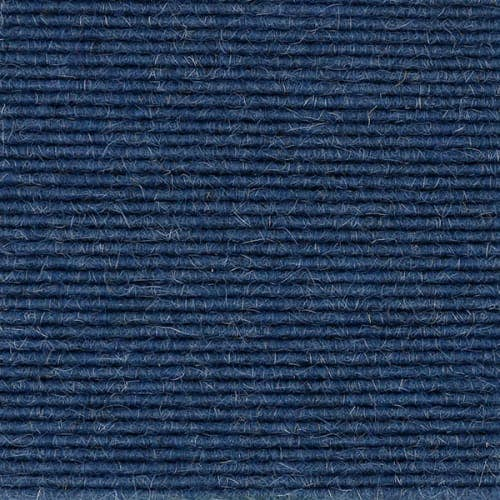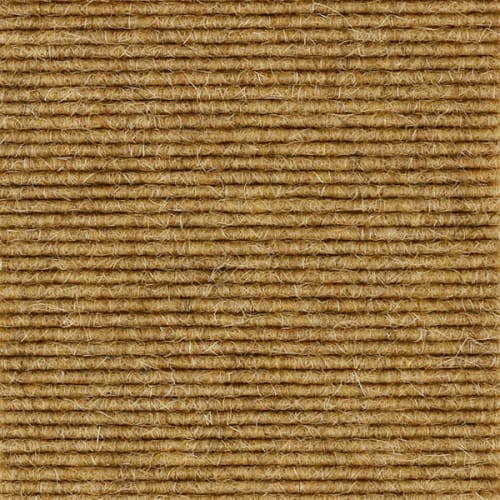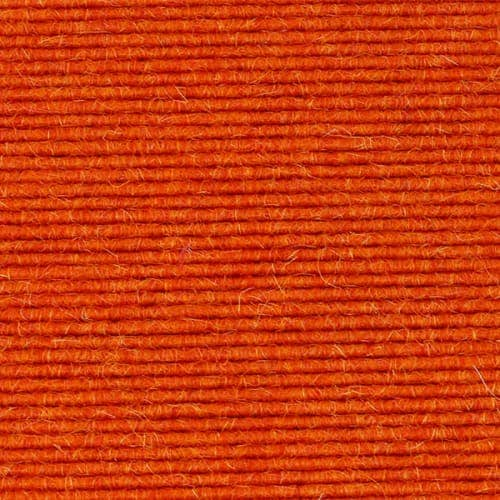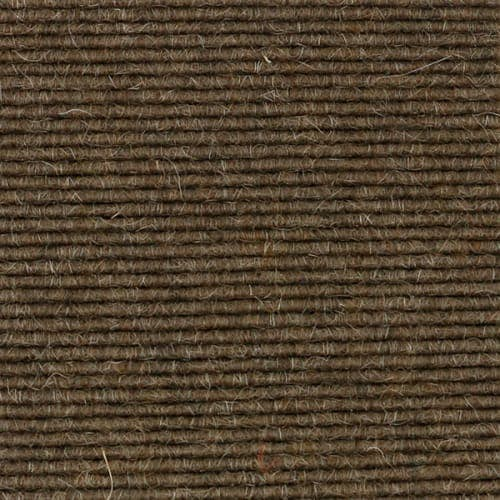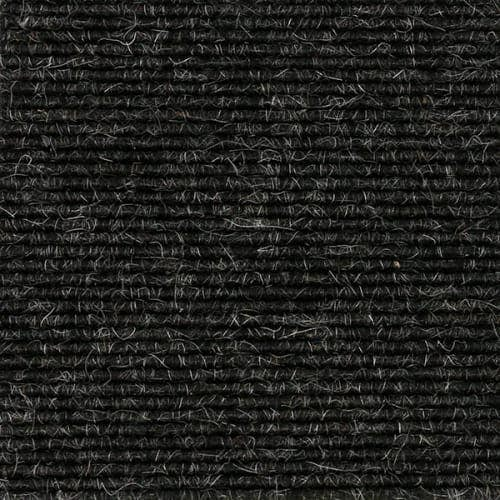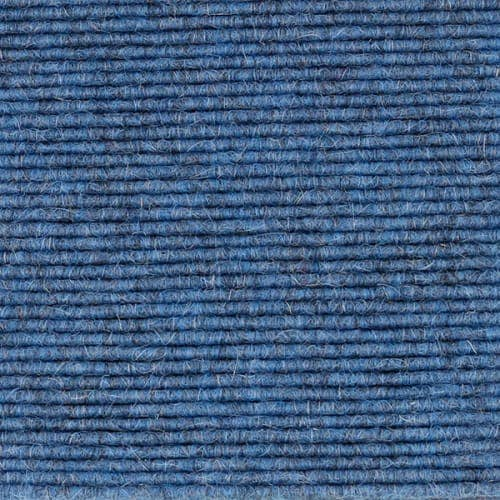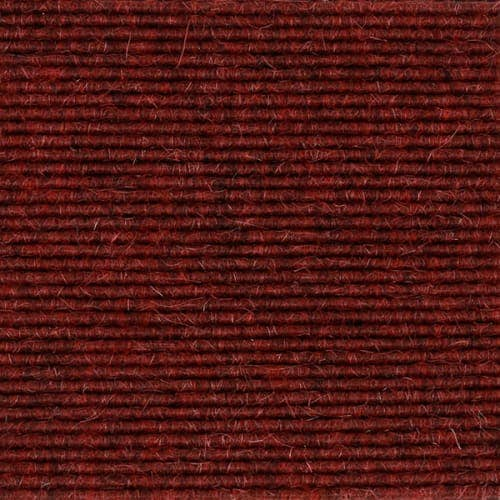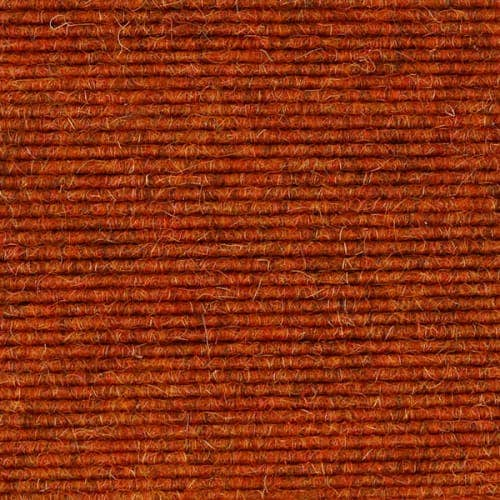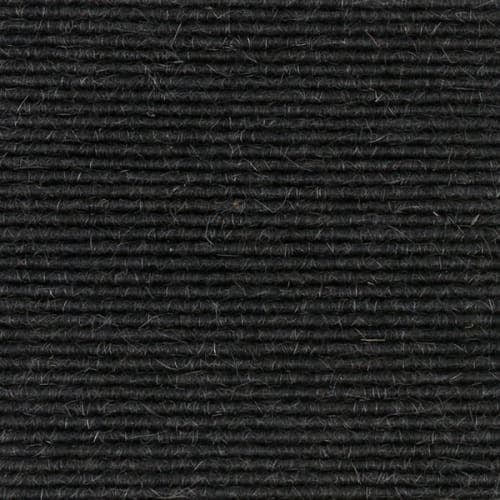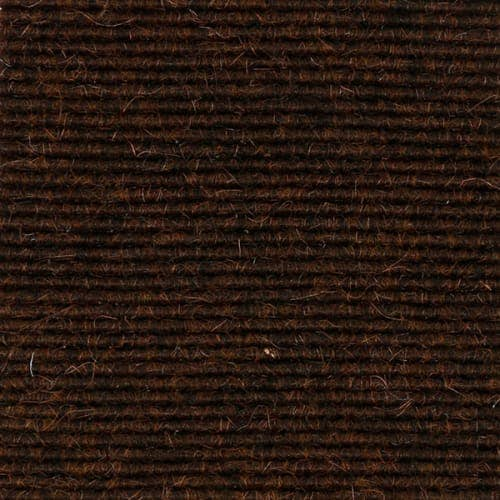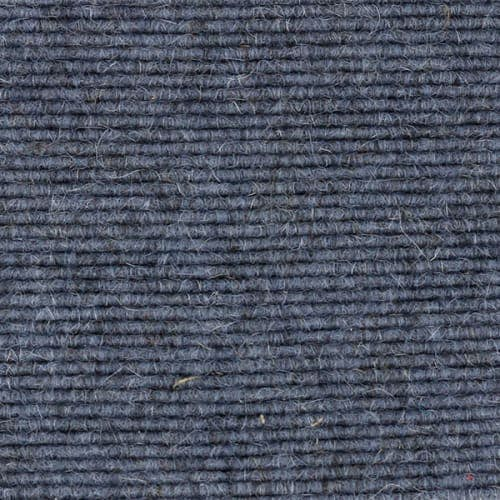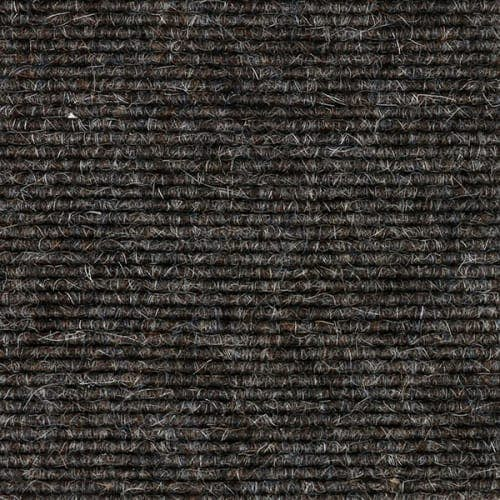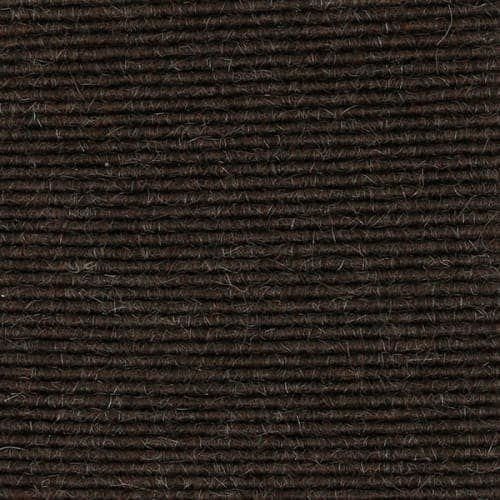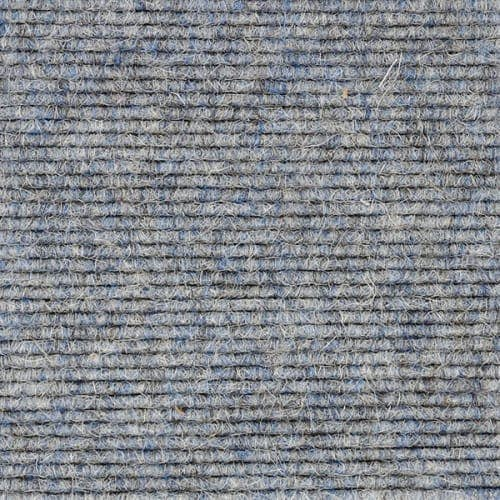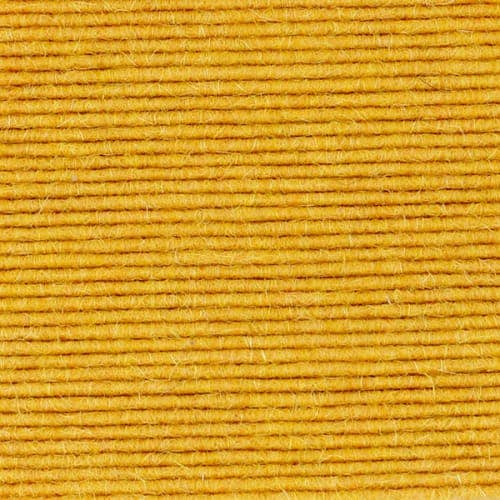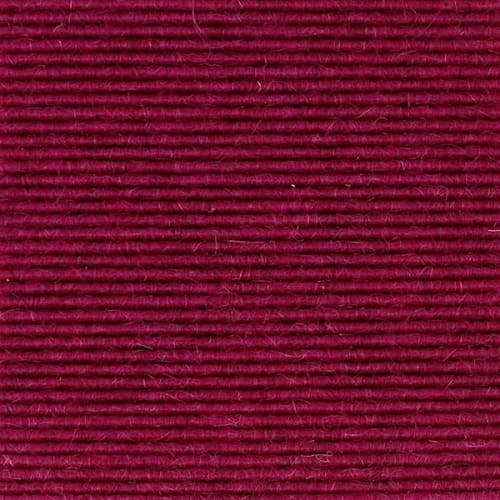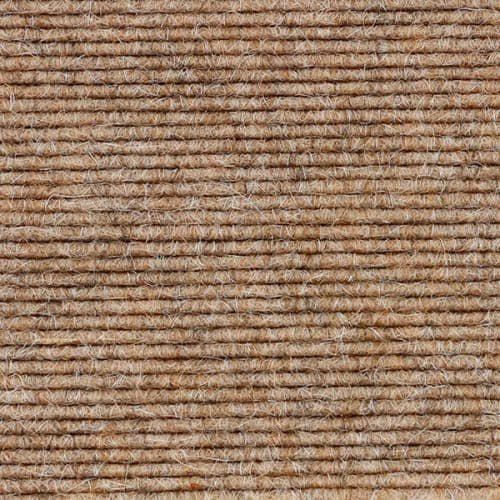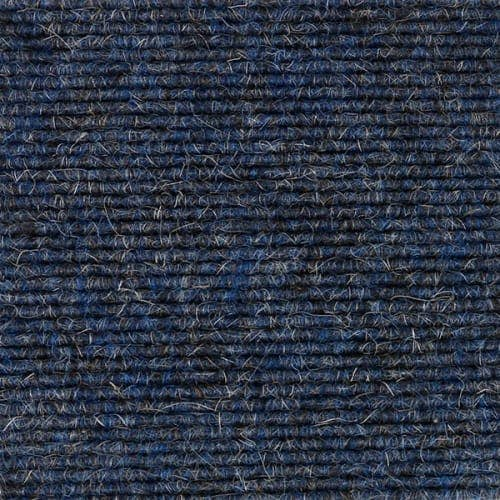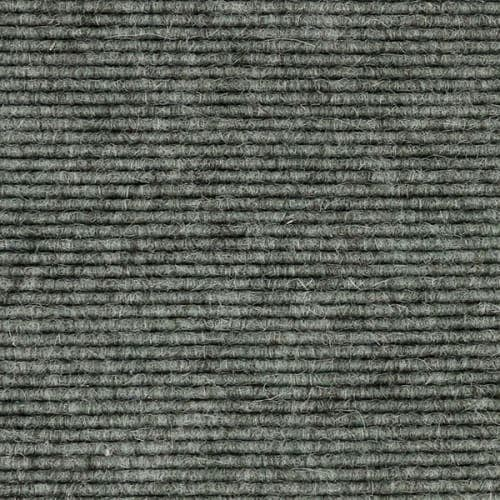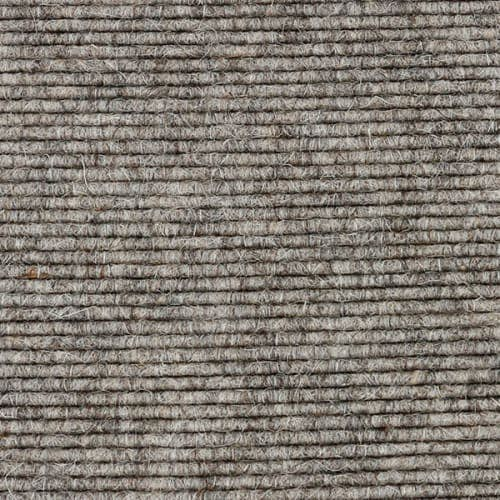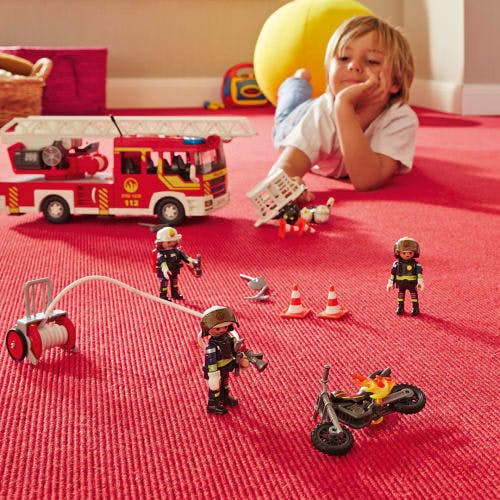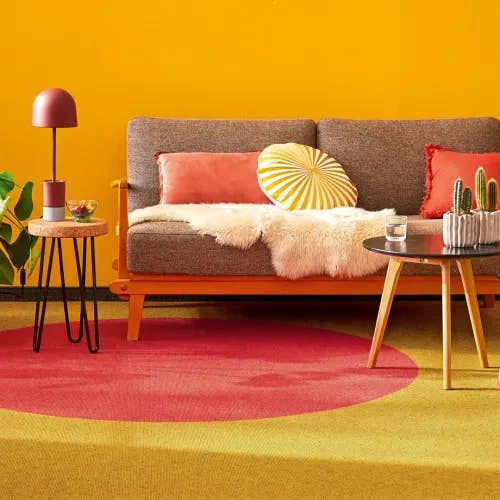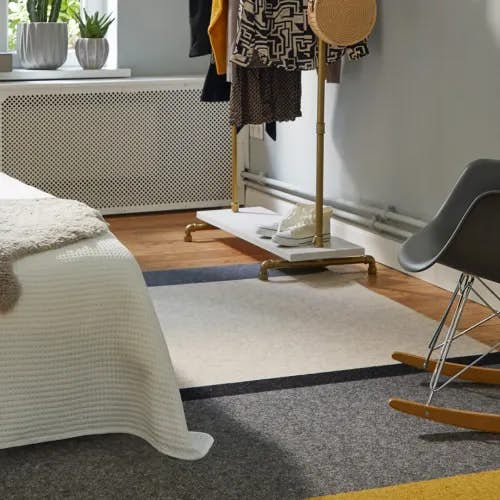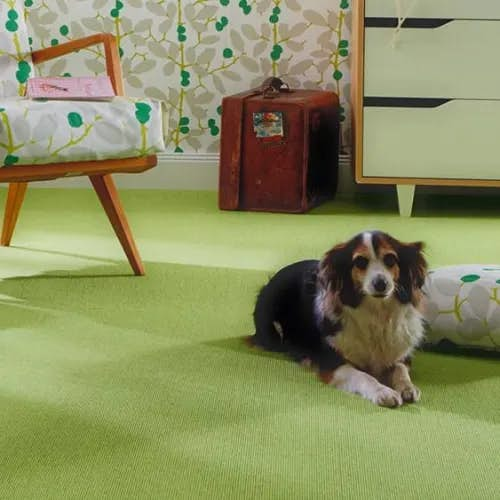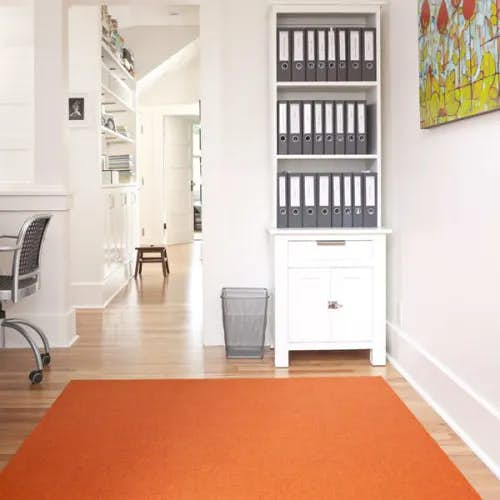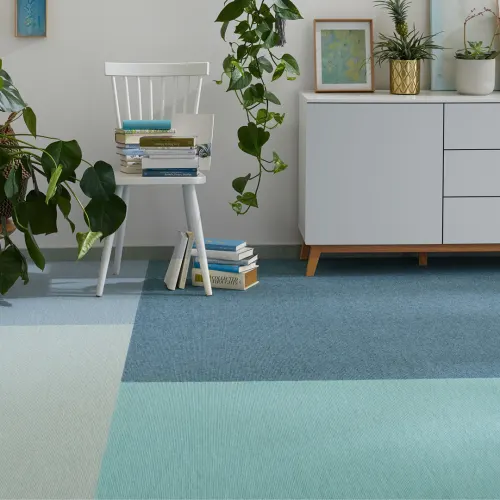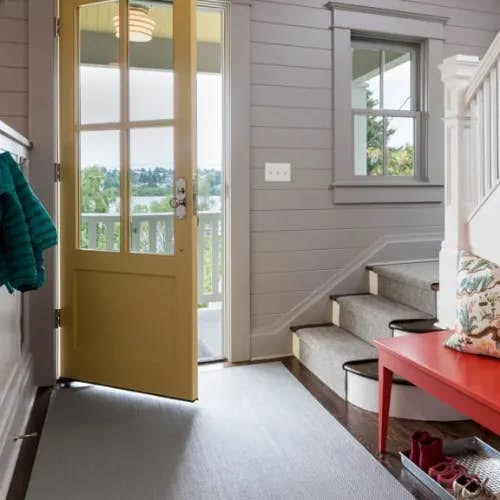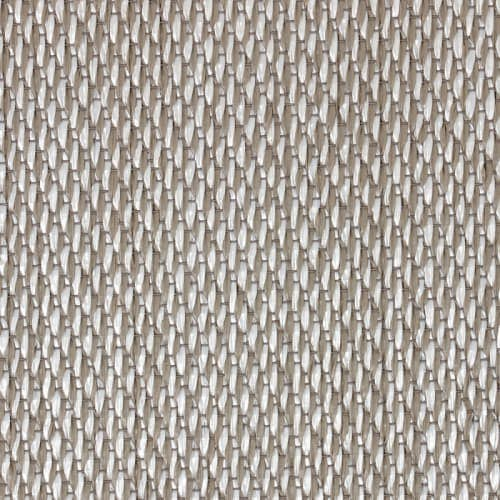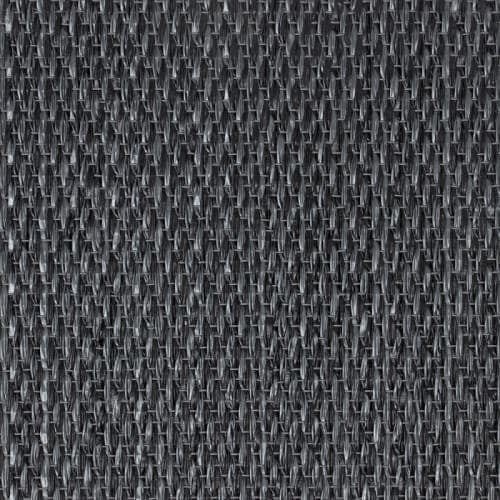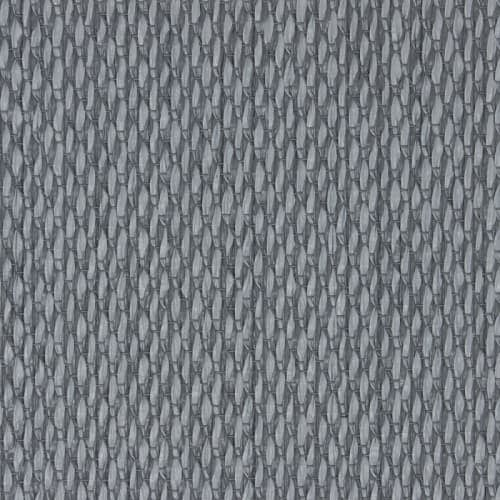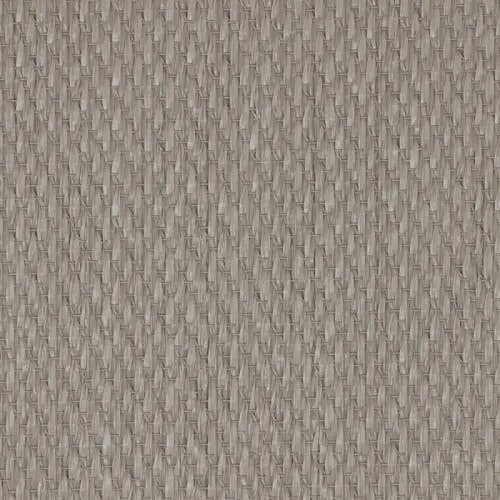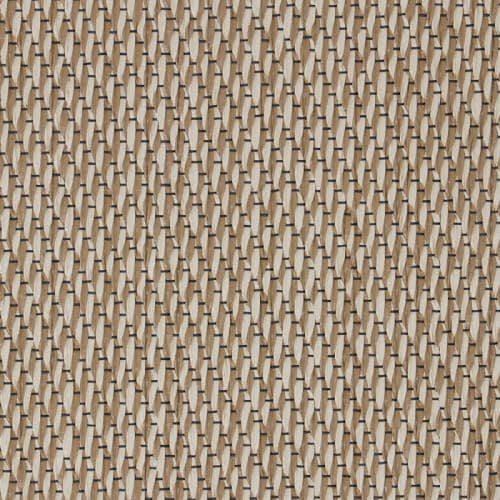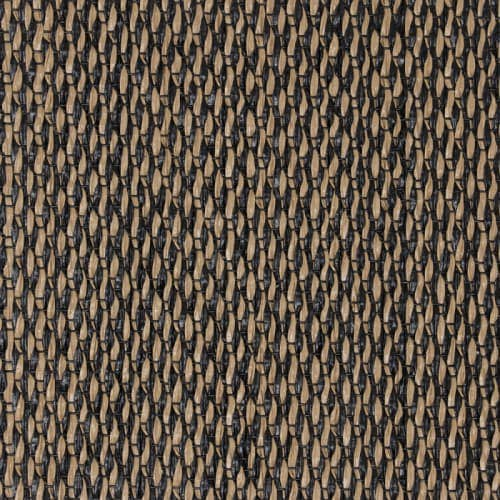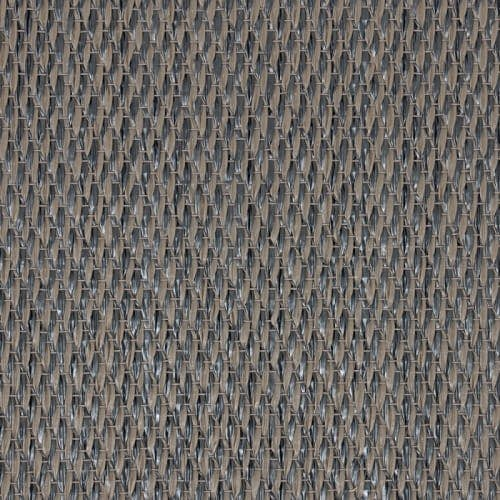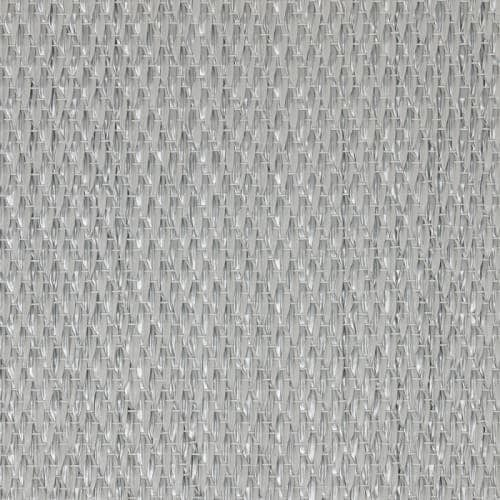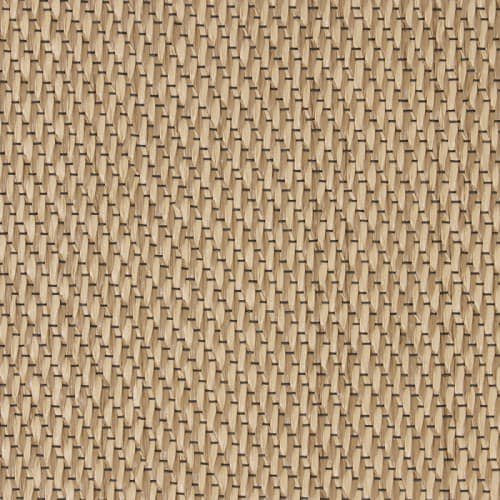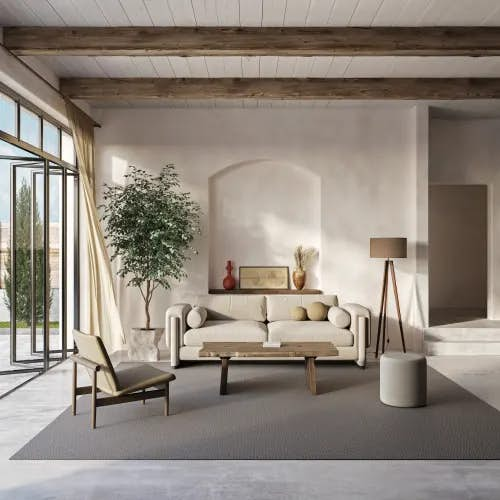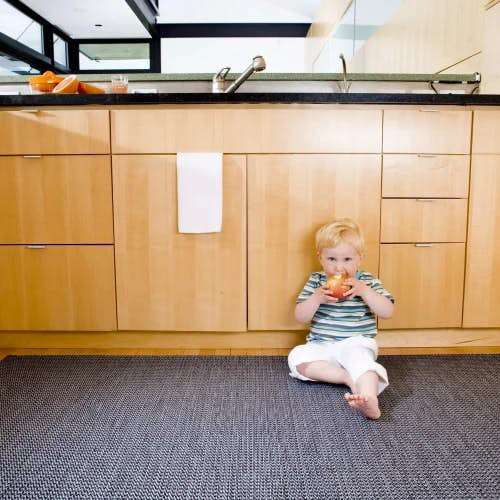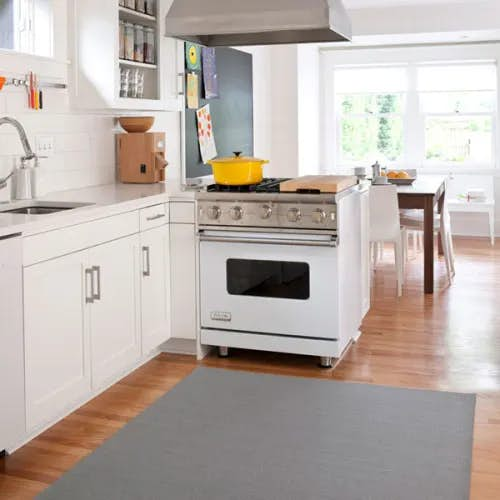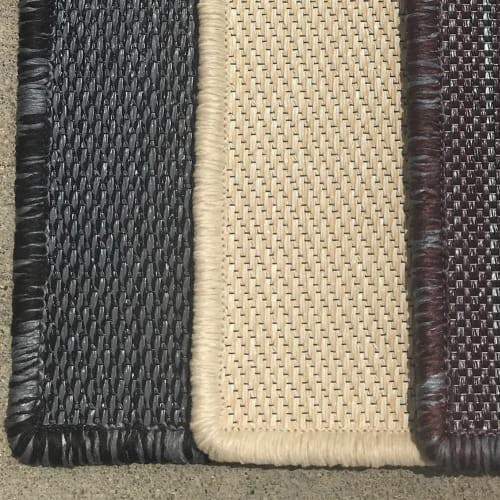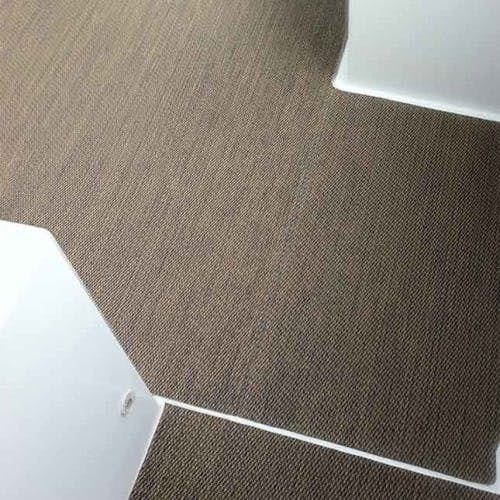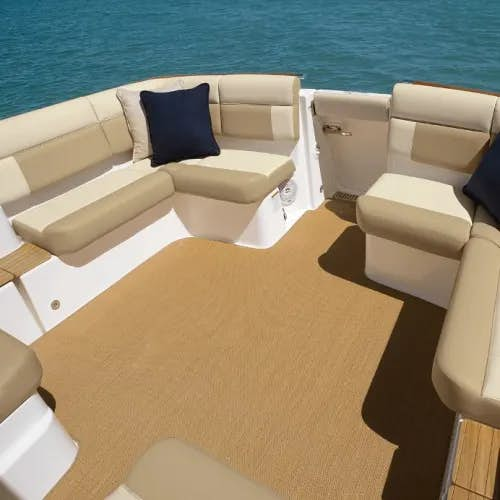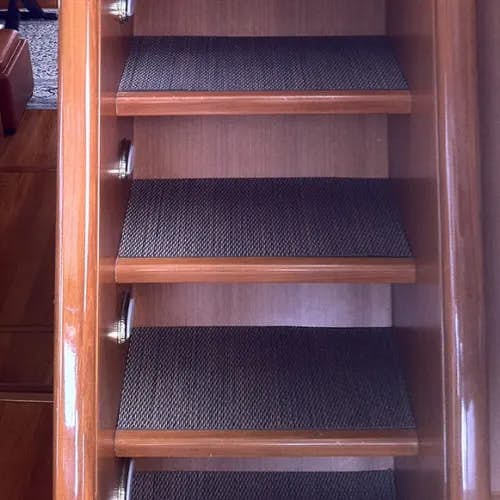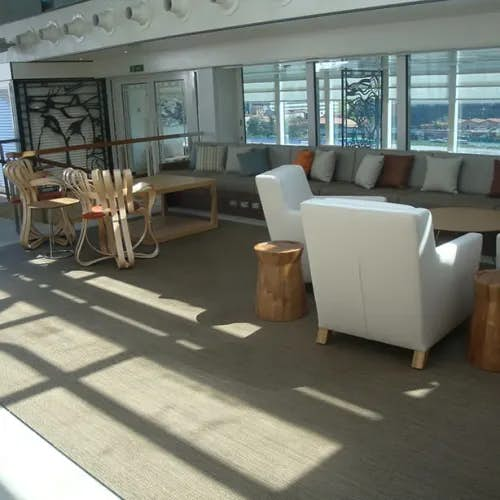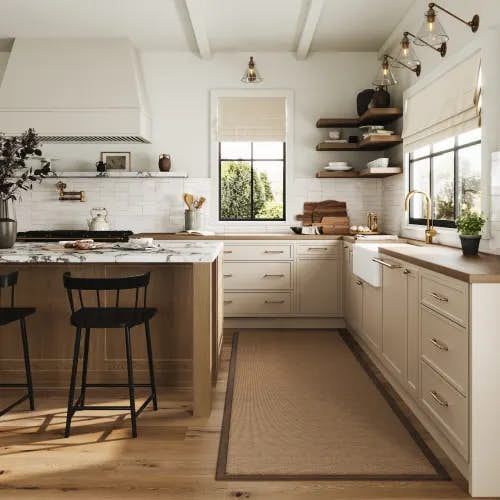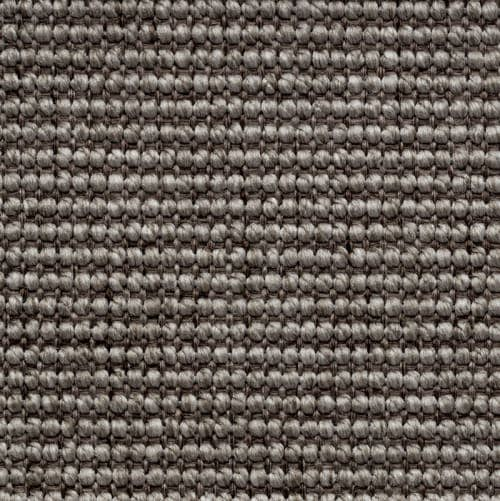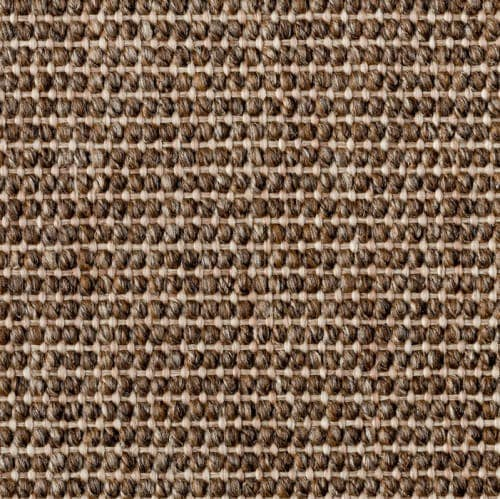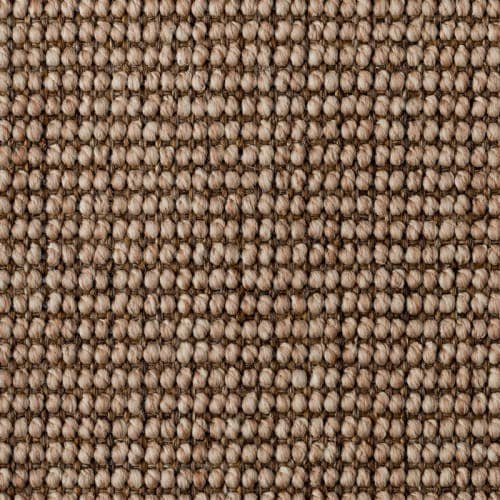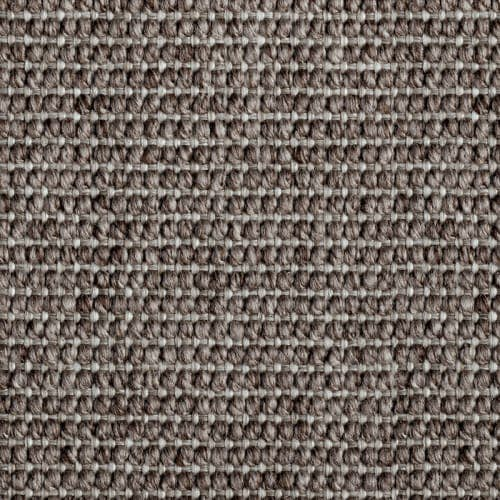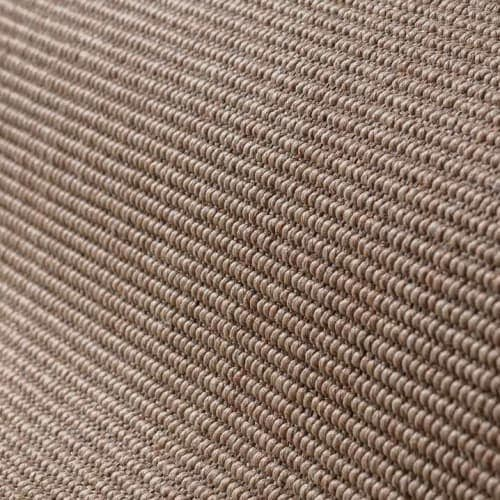Commercial Wall to Wall Carpet
Trade Program
Finish your project on time and on budget.
Specialty carpet for retail stores, hotels, offices, and more.
Enjoy discount pricing, free samples, and design support.
Unique spaces. Discerning style. Demanding deadlines.
With over 30 years of experience and hundreds of successful projects, our business is built to meet the needs of interior designers, architects, procurers, & installers.
A commercial or contract grade carpet must meet certain durability and fire safety standards, be crafted from tough fibers like nylon, polypropylene or woven vinyl, and have built-in systems that resist stains or fading from UV light. The face yarns on a commercial carpet are generally short, dense fibers that are tufted or woven in a low pile. A thick pile or a shaggy cut pile carpet is not appropriate for contract grade environments because it is more difficult to clean and the thickness may pose a tripping hazard.
Our Commercial Carpet Classifications Guide is a helpful overview of carpet ratings to help you specify carpet for your next project.
The ratings for commercial carpet refer to the level of traffic it can withstand (durability) and its fire rating (flammability). Light, medium or heavy commercial endorsements signify the durability rating of the carpet. Here is a chart showing the general ratings side by side with the European rating system:
General Commercial Rating | European Classification (EN 1307) |
|---|---|
Light Commercial | Class 23 (heavy domestic) or Class 31 (low or intermittent use) |
Medium Commercial | Class 32 (general contract, medium traffic) |
Heavy Commercial | Class 33 (heavy contract, heavier traffic) |
The backing on a commercial carpet is also important; an unbacked carpet would not be safe in a commercial setting and would deteriorate quickly under heavy traffic. Most tufted carpets have a primary woven synthetic backing and a secondary (usually polypropylene) backing. An adhesive compound secures the primary and secondary backings together. A woven commercial carpet may have polypropylene, cotton, or jute primary backing.
First of all, commercial grade carpet refers to broadloom carpet sold off the roll. But commercial grade flooring also includes area rugs, modular or carpet tiles, walk-off mats, and wallcovering. Whether you need carpet for a hotel or an area rug for a small office, determine the required specifications for the project first. The carpet must meet the durability and fire class requirements specific to your project. Let’s walk through some considerations together:
Project Location
Do you need carpet for a retail store, a hotel lobby, or corporate offices? These different locations encounter different traffic patterns and therefore, need different durability ratings. Furthermore, local building codes may require a specific fire rating, or compliance with ADA requirements may direct your choice of commercial flooring. Gather all the information and requirements before selecting the carpet. Here are some basic guidelines for durability requirements based on project type:
Lobbies, corridors, or conference rooms at busy hotels or public spaces like airports need the most durable materials.
Corporate offices, hotel rooms, gathering spaces like a break room, or workplace spaces like small offices receive moderate traffic.
Luxury, high end retail or a boutique hotel tends to have less constant traffic and a light or medium commercial carpet is appropriate.
Project Needs
Design A luxury or high end commercial space will have different aesthetic considerations than a university dormitory. A university dormitory might focus on value whereas a boutique retail store might focus on ambiance and or design statement.
Traffic Levels Will the project location experience heavy, constant traffic? A dense, tight weave made from high performing materials like nylon is the best choice. Spaces with moderate traffic patterns might opt for stain-resistant sisal or polypropylene.
Acoustics How important is sound absorption? If a space is expected to have high levels of ambient noise, then a commercial hospitality carpet with acoustic ratings reduces the clamor. Additionally, a commercial-rated wallcovering like Livos Wallcovering absorbs noise and protects walls from impacts in commercial, hospitality, or institutional settings.
Maintenance Requirements How much routine care and cleaning does the material and its intended location or the space require? Modern commercial carpets crafted from synthetic fibers are easy to maintain, whereas a natural fiber commercial carpet like coir or stain-resistant sisal pose certain challenges since natural fibers should not get wet. For a busy environment where stains are likely, carpet tiles are another option— you can easily swap out a stained tile and replace it with a fresh, clean tile.
Choose The Right Carpet Material
Nylon is the gold standard for heavy duty, commercial carpet but there are many modern materials, like polypropylene or woven vinyl, that make a great commercial grade carpet. For a more in-depth breakdown of materials, visit our blog post Nylon, Polyester, & Polypropylene Rugs: Everything You Need To Know, which includes a handy comparison chart, or check out the section “How To Select Commercial Carpet For Your Project” on our Commercial page.
A wide variety of colors are available in commercial carpeting thanks to technological advances like solution-dyed yarns with UV-resistant technology. Advances in machine technology has lead to an explosion of available patterns and textures. Although the standard gray commercial carpet offers a neutral foundation and may be a good value, colorful options at reasonable prices are plentiful on the market.
If you want pattern, carpet tiles are a great way to create a large scale graphic pattern like a checkerboard. To discover other pattern ideas, explore our carpet tile installation guide.
Need inspiration for a commercial or hospitality project? Our Case Studies offer a window into the design and procurement process for rugs and carpet in contract grade settings. Head over to Hospitality to see how we can help you with your project.
A carpet installation is a significant budget and timeline consideration. A botched installation can delay a project and burst a budget. Source professional, experienced installers and educate yourself on carpet installation. The more you know, the easier project management becomes.
We have many resources available to help, including installation guidelines, a deep dive blog post entitled Flat Weave Carpet Installation - Everything You Need To Know, and a series of videos demonstrating flat weave carpet installation techniques with our SynSisal® collection.

